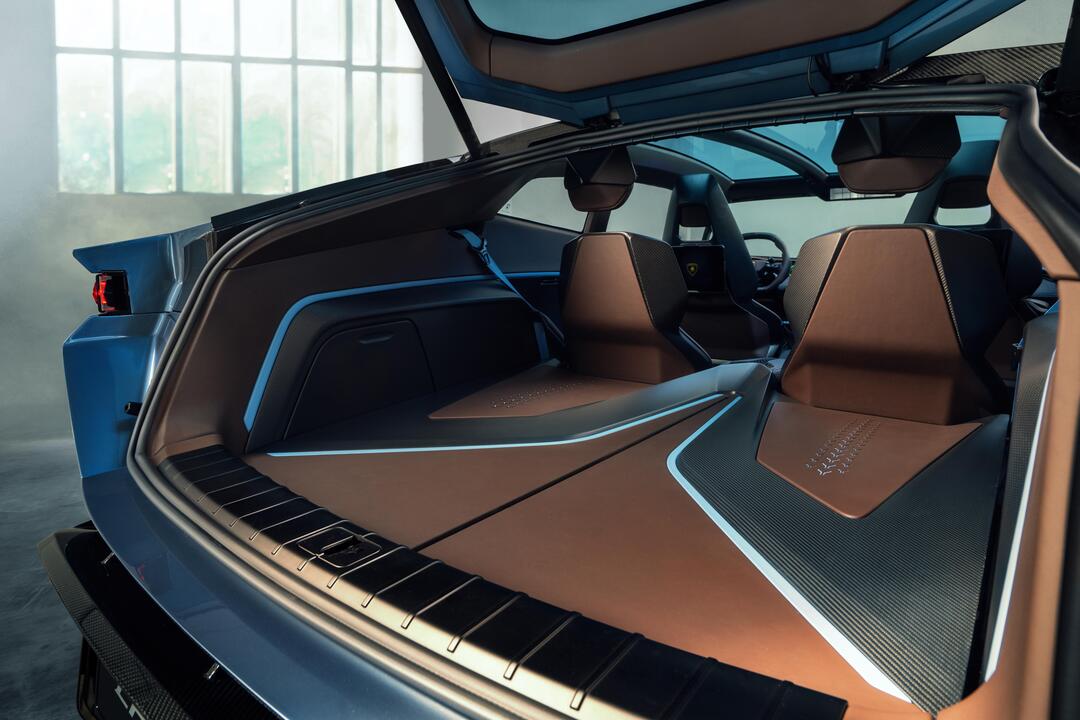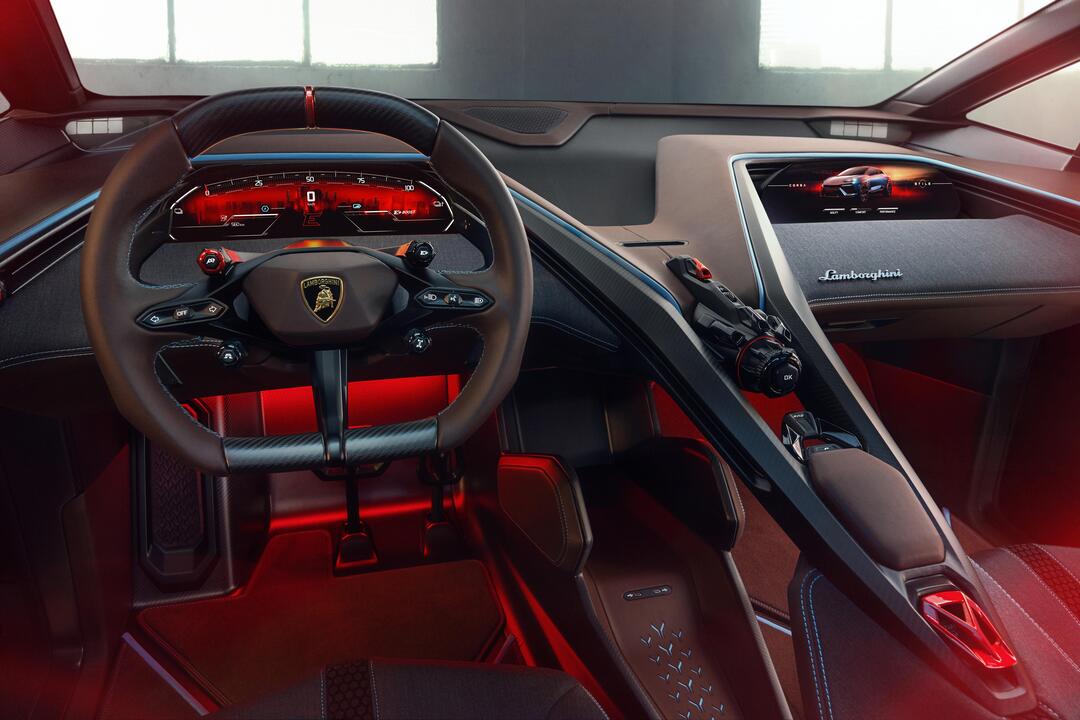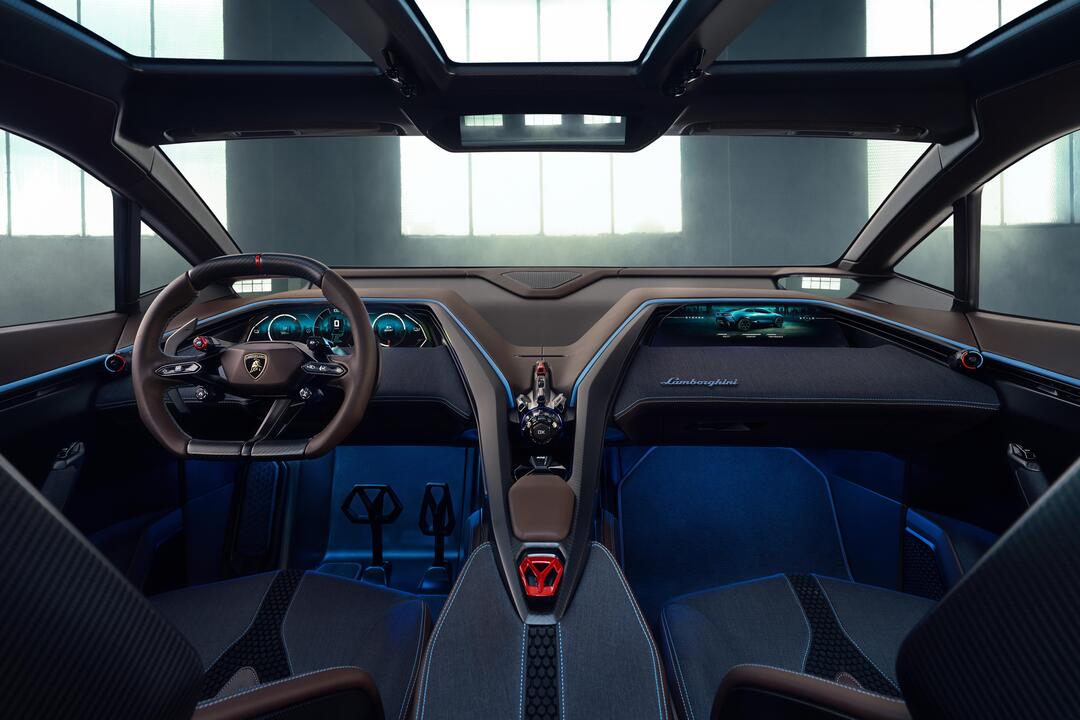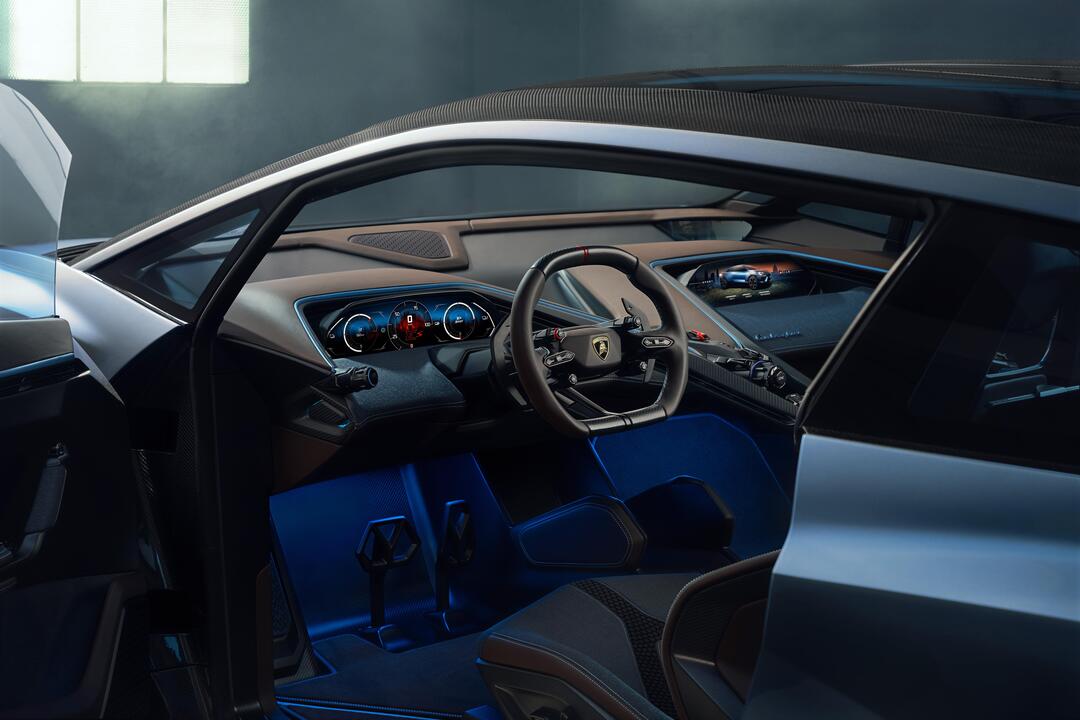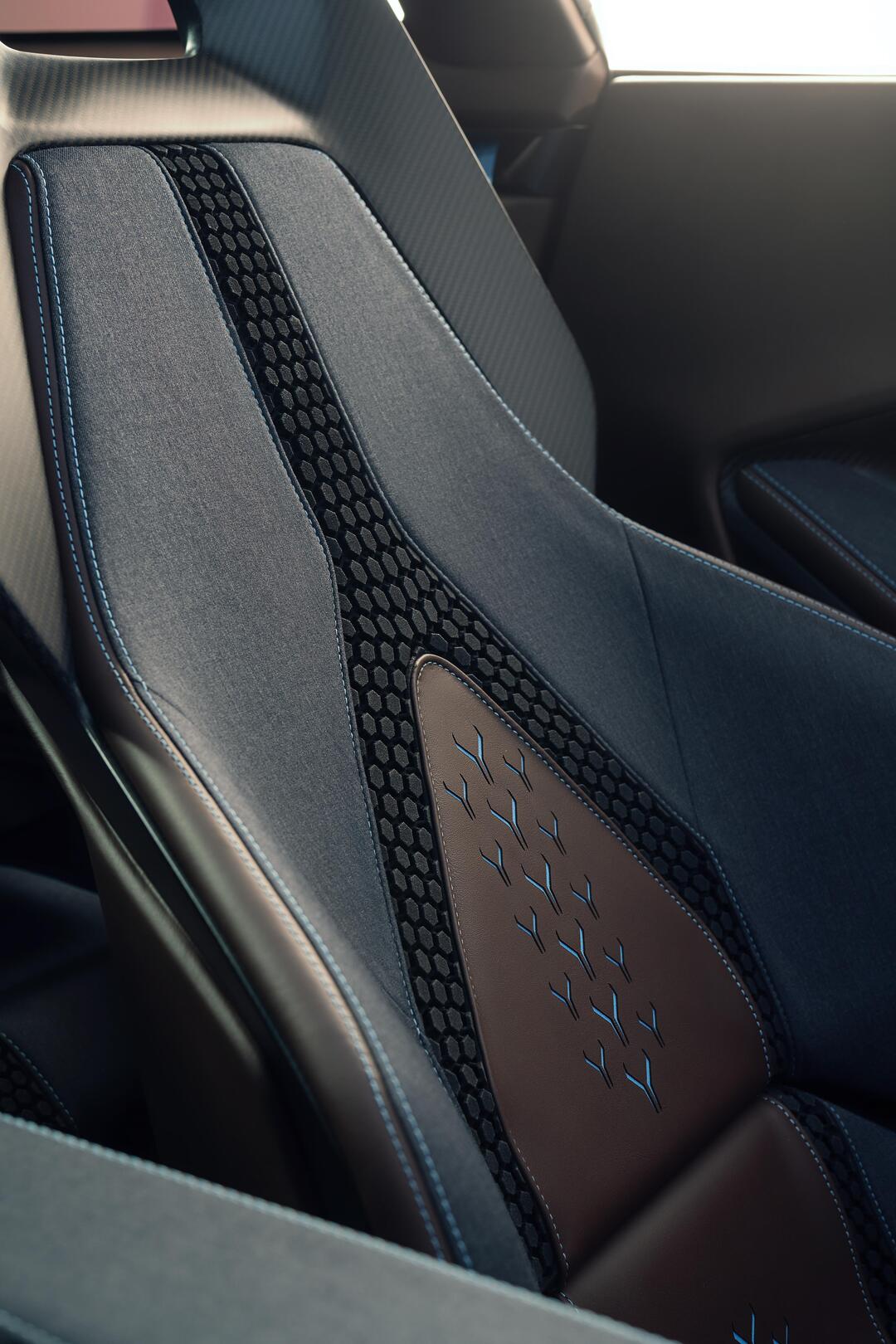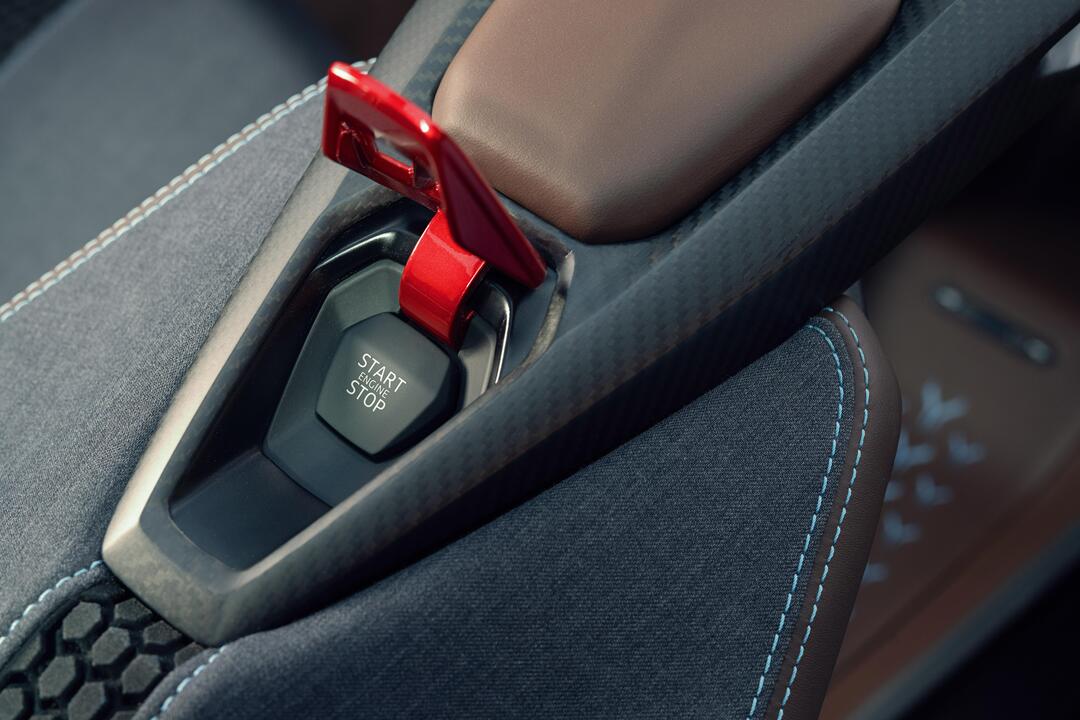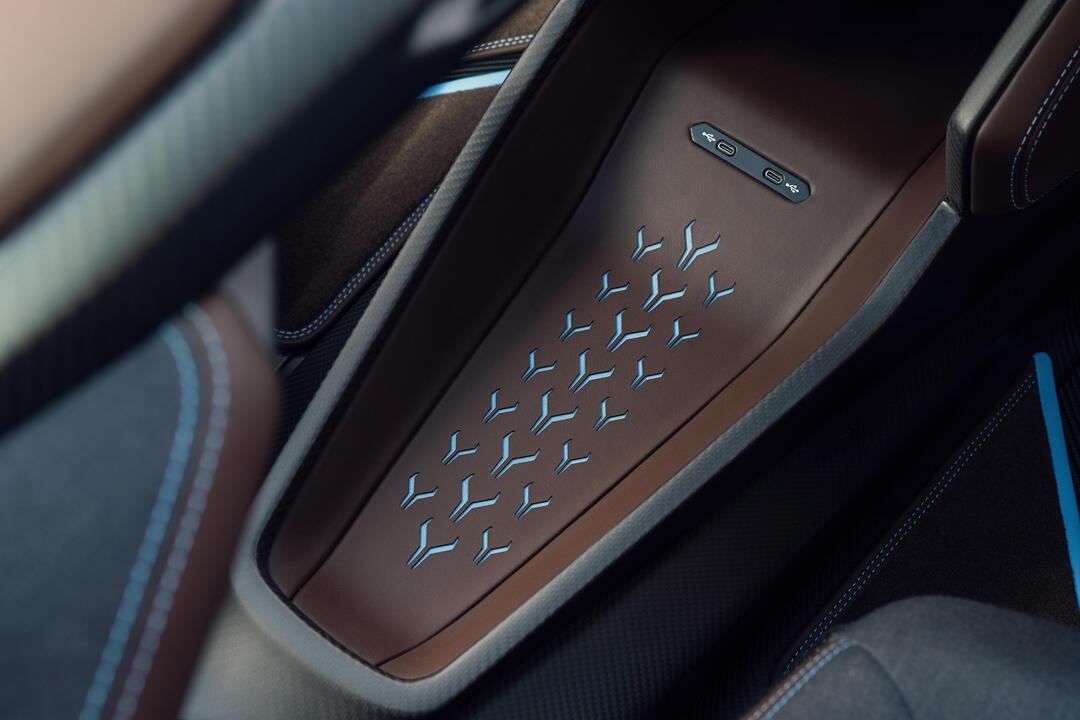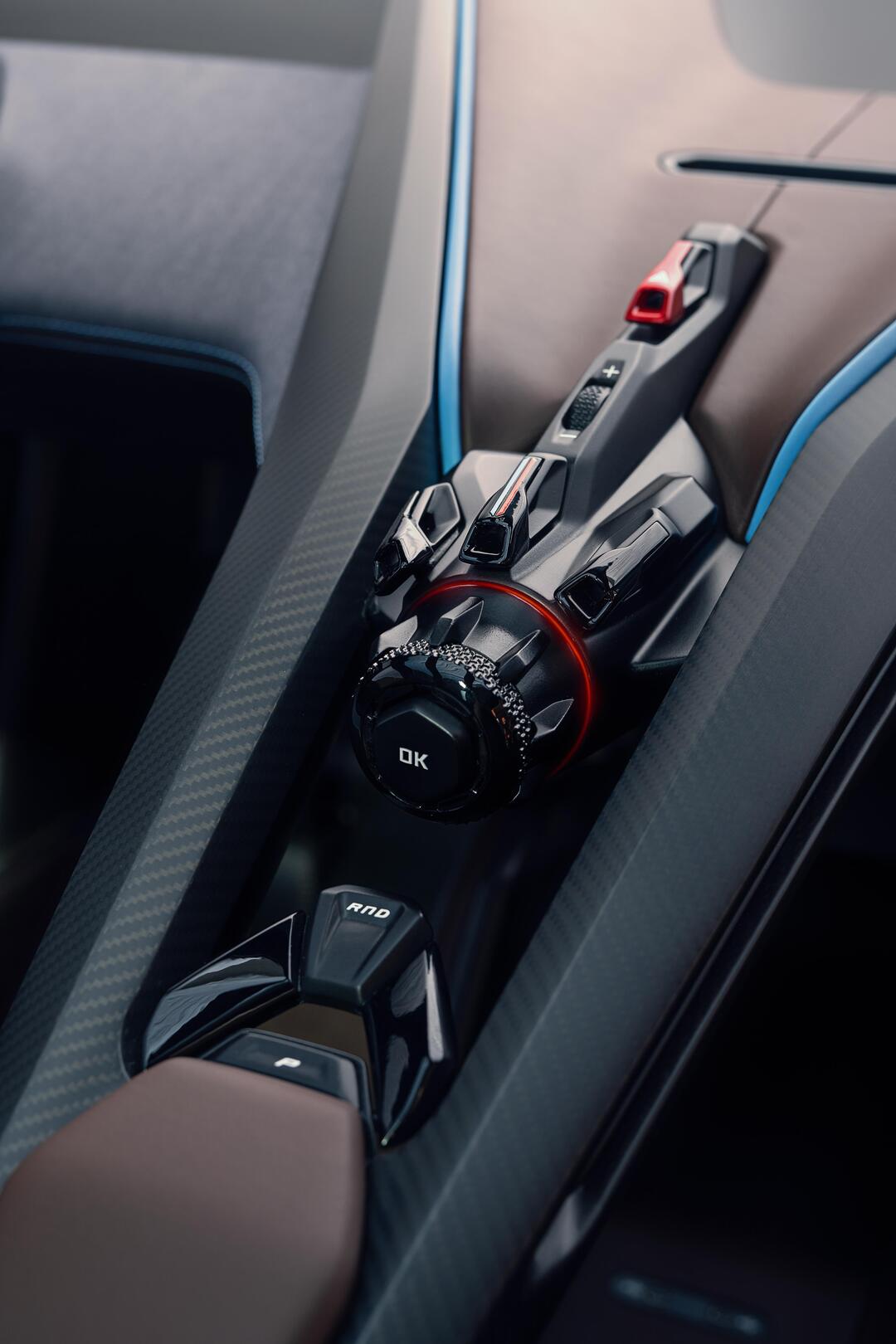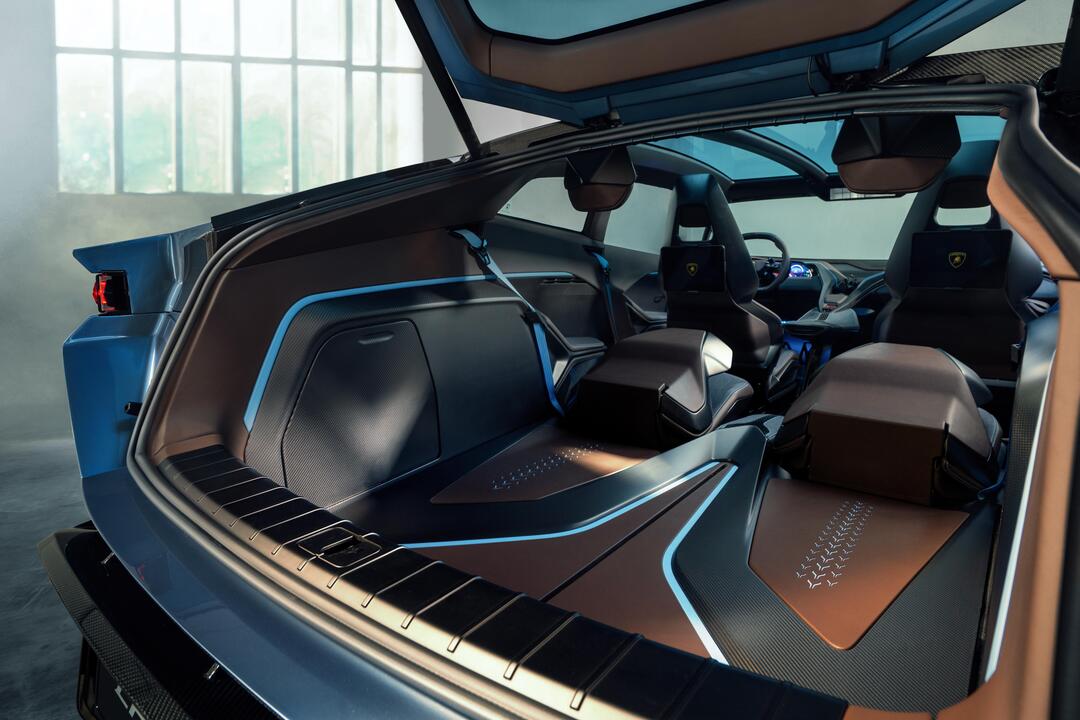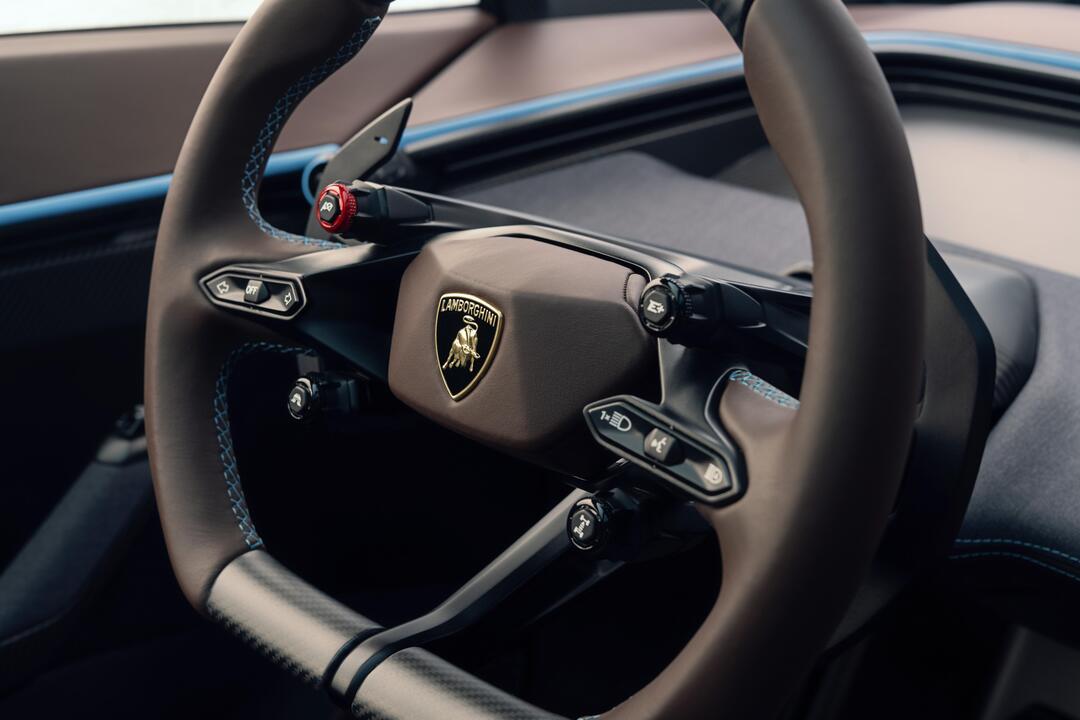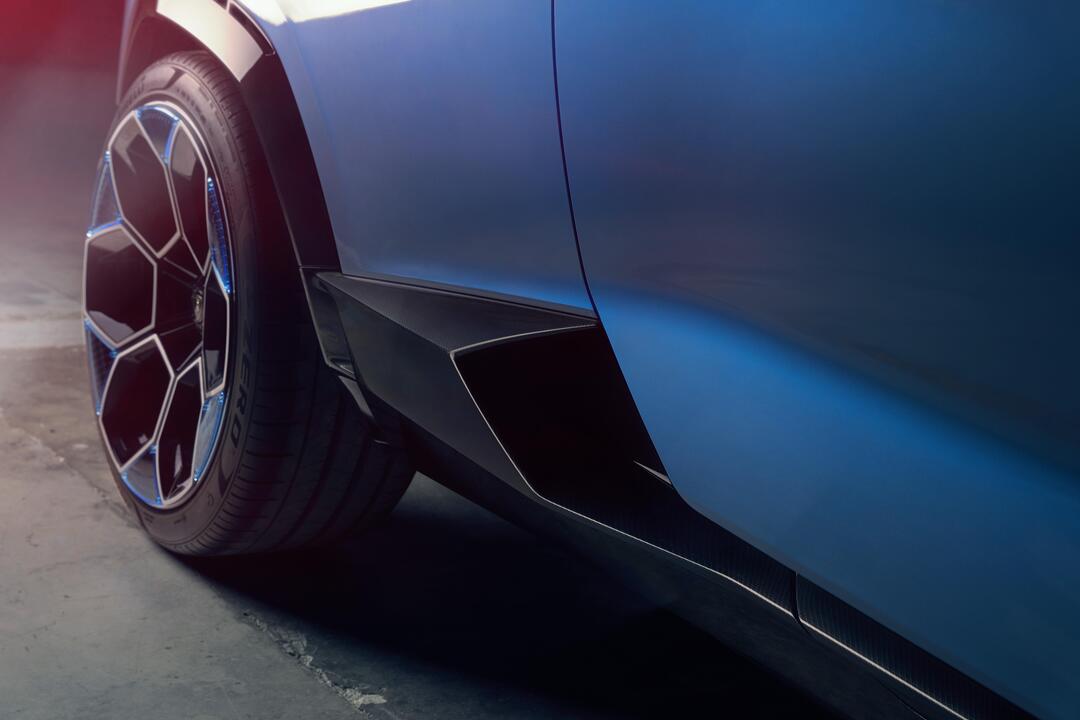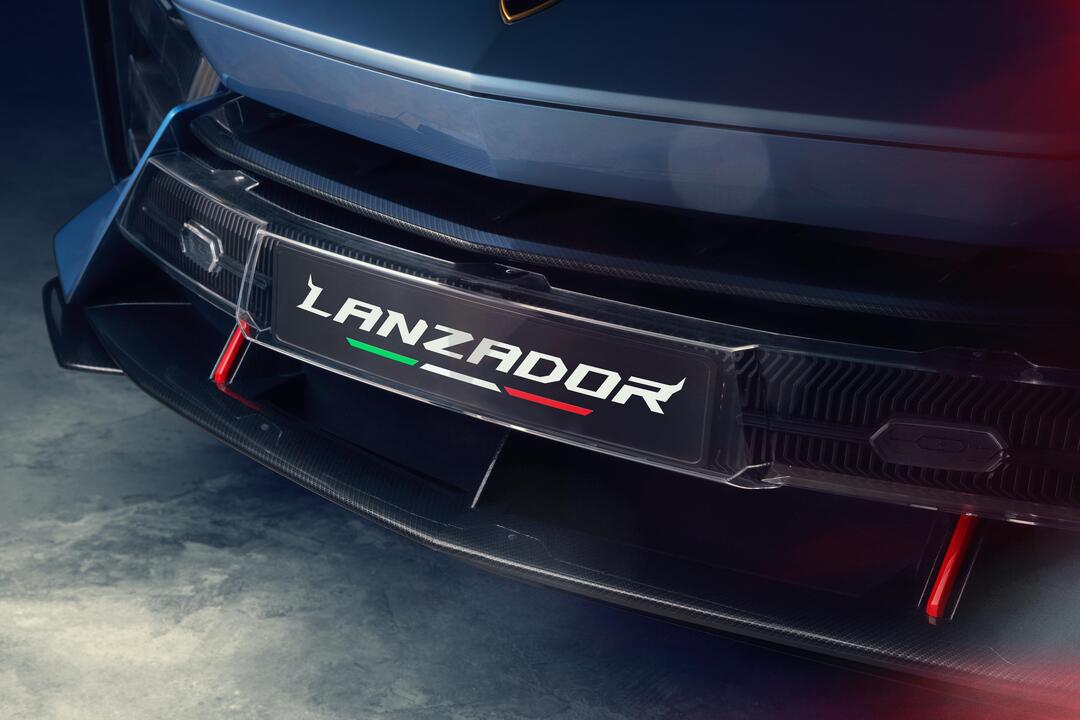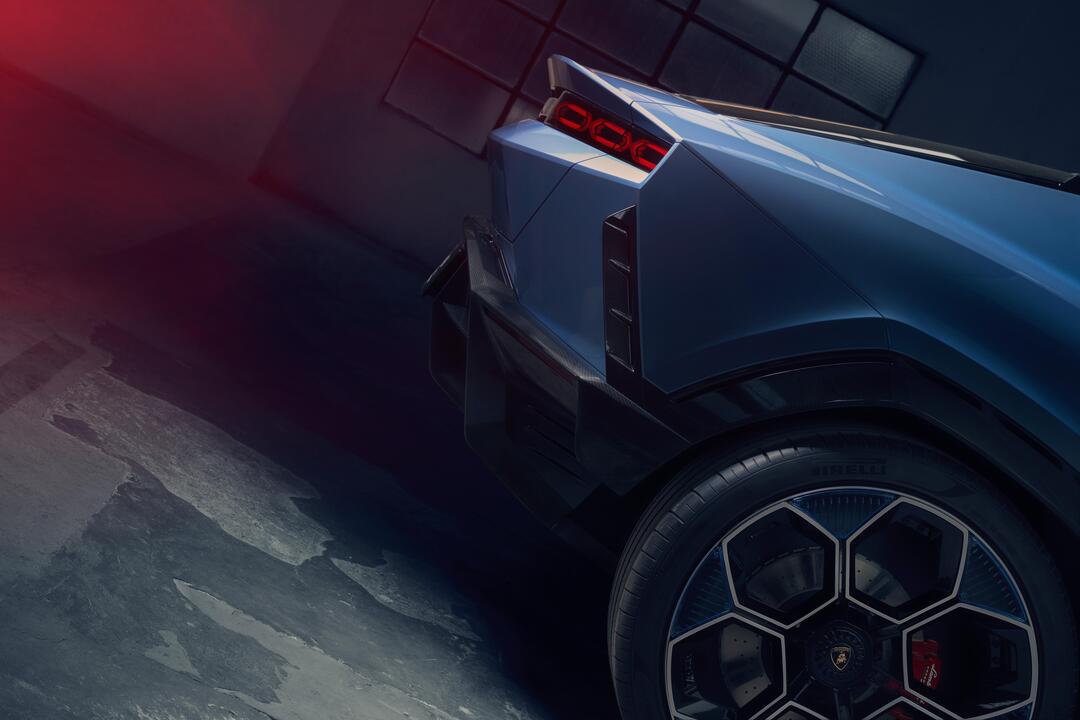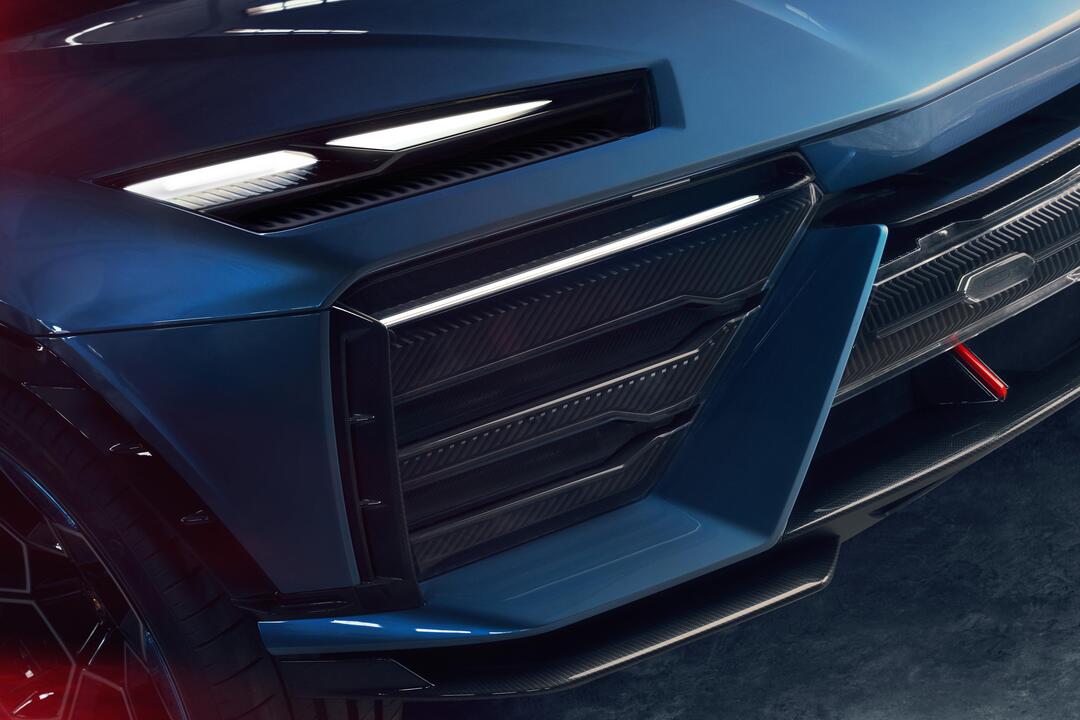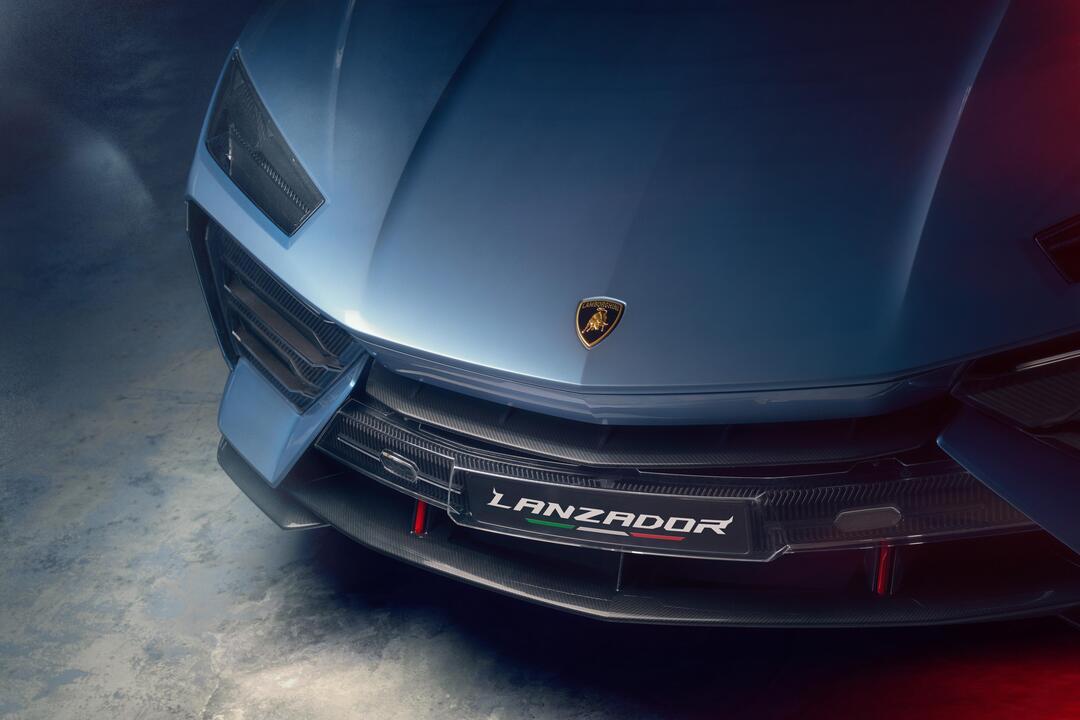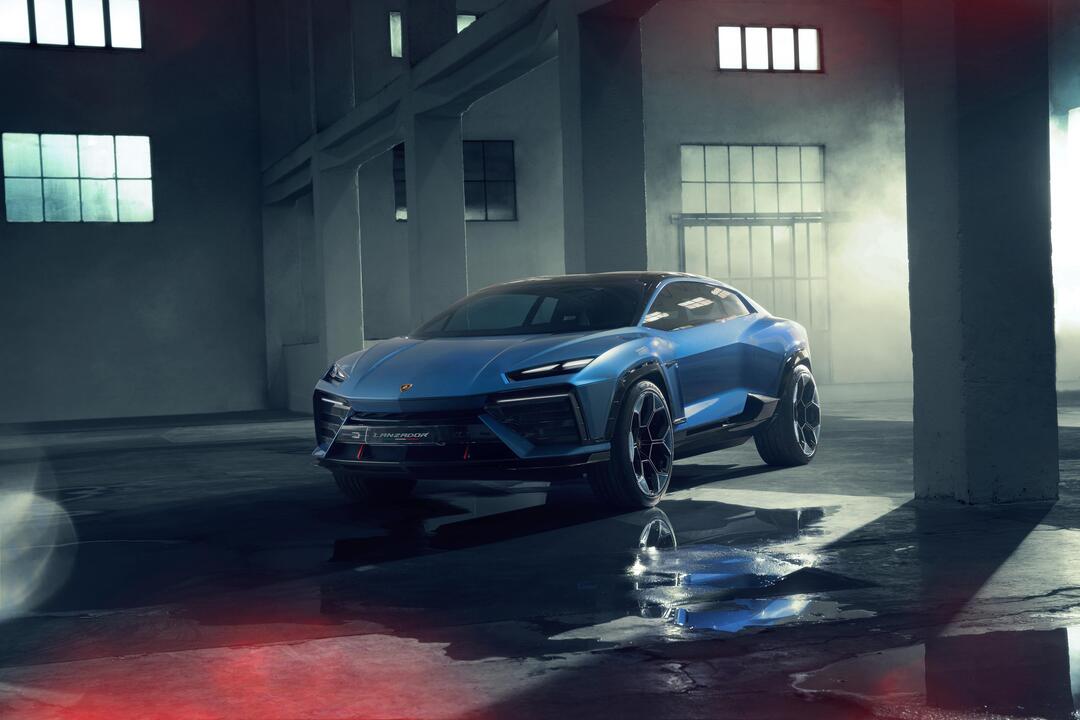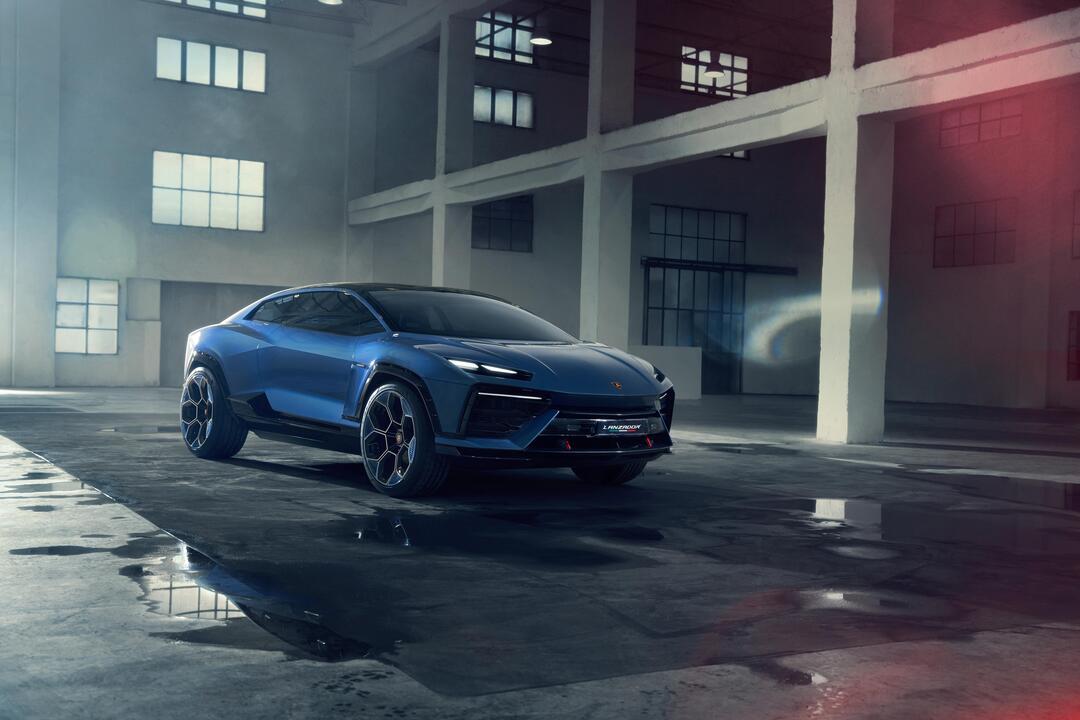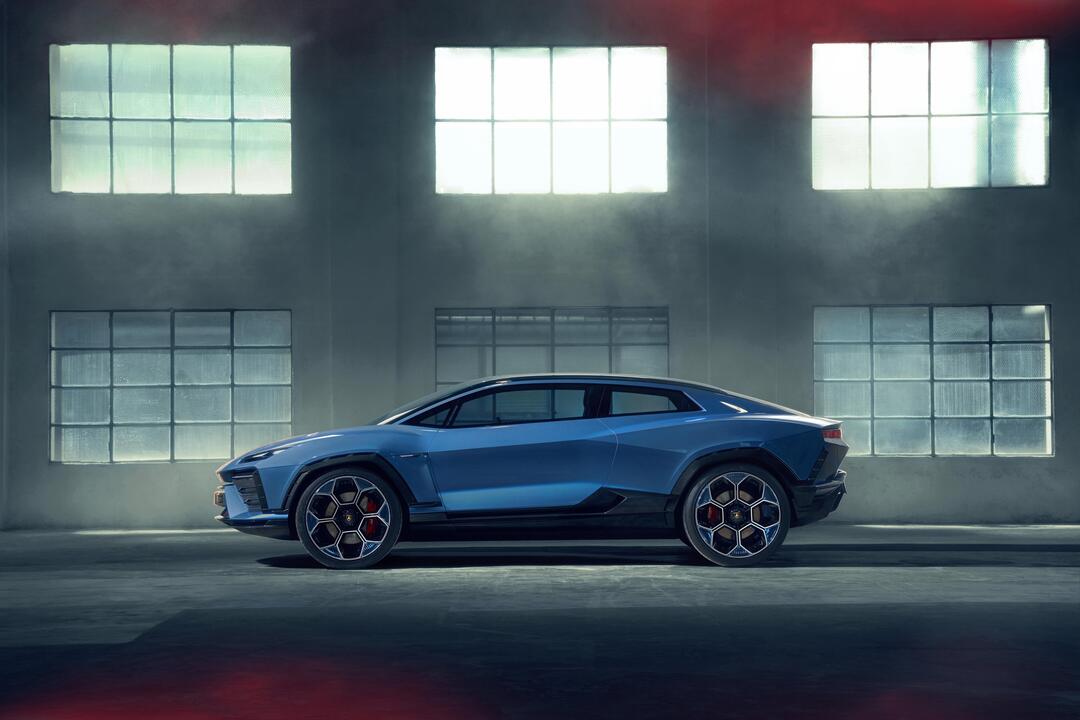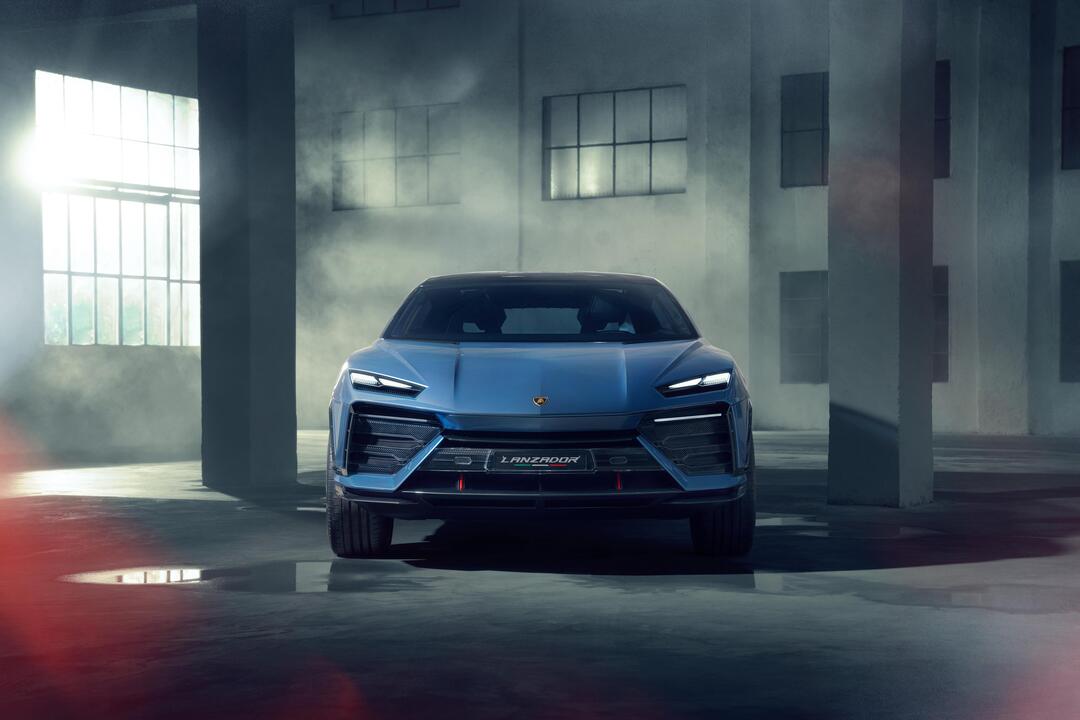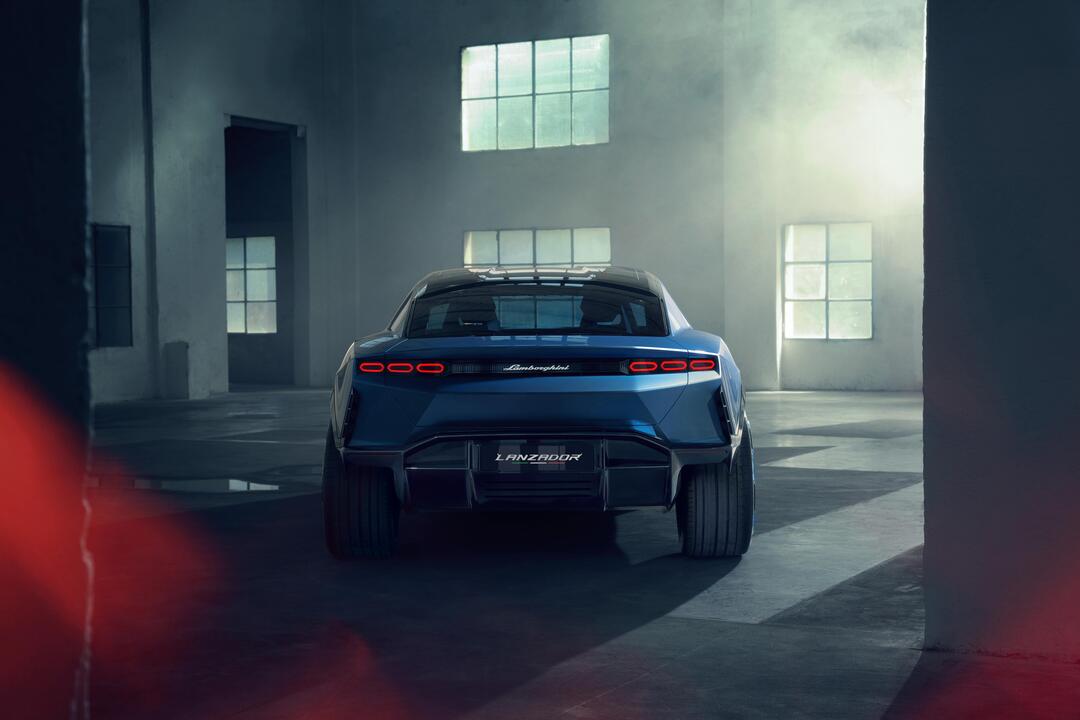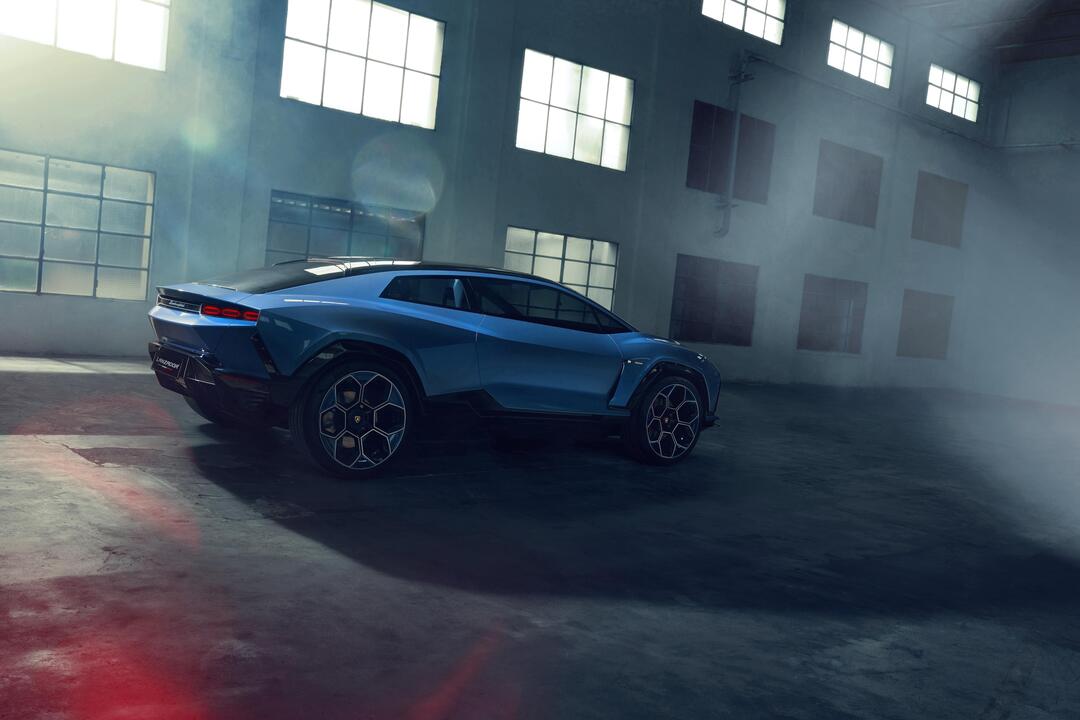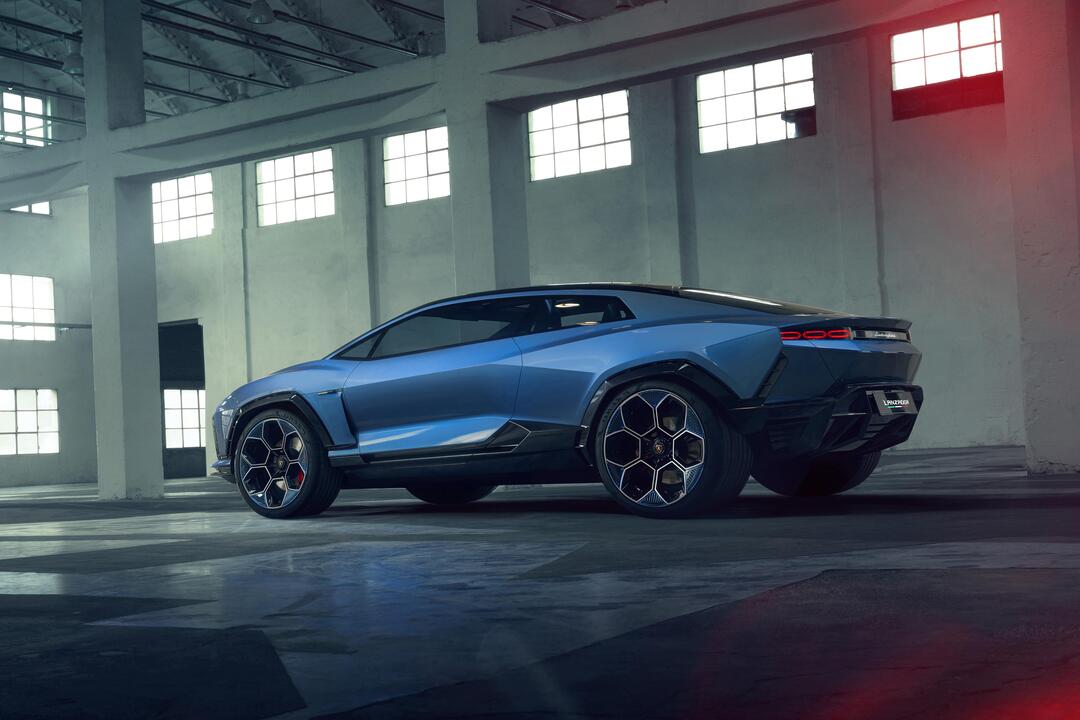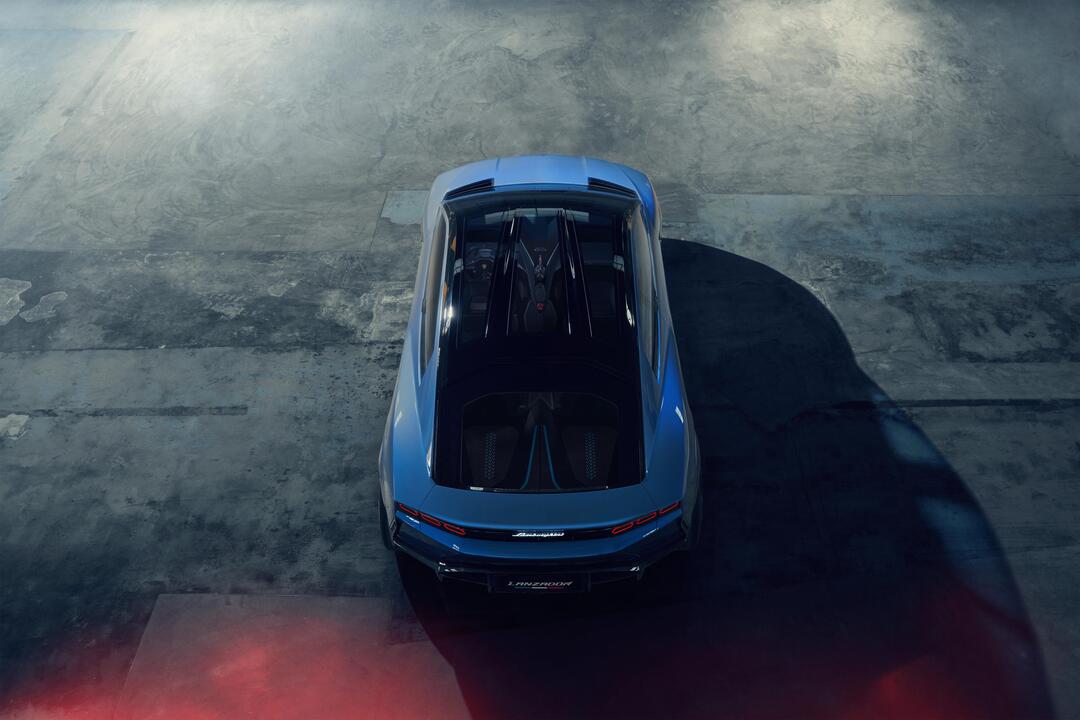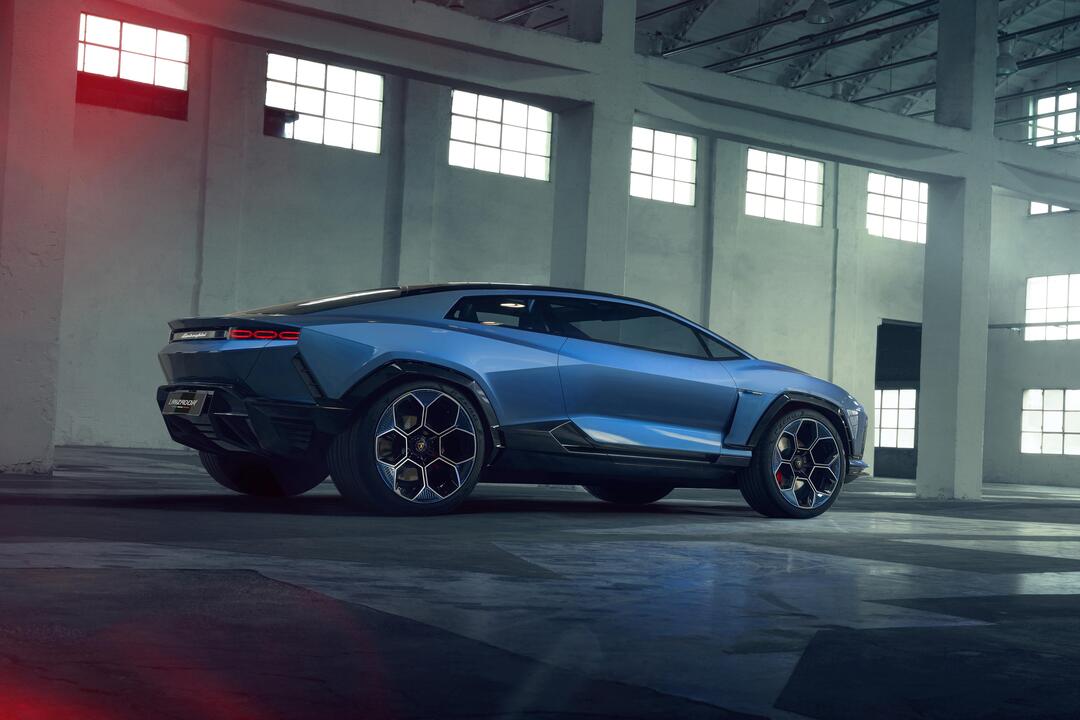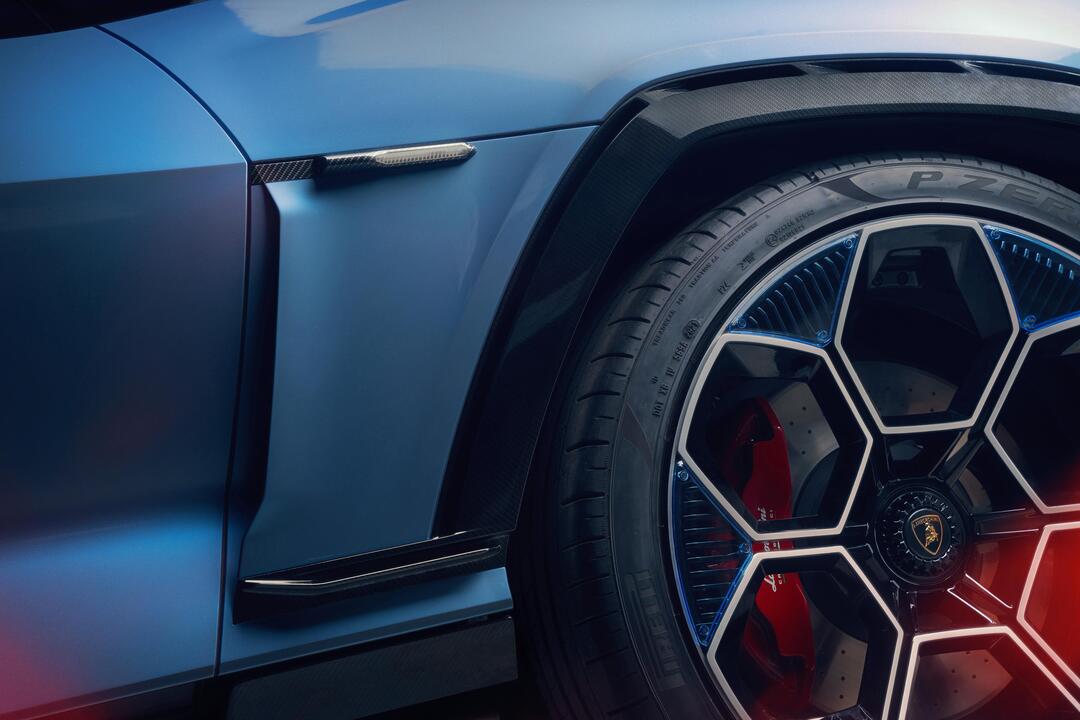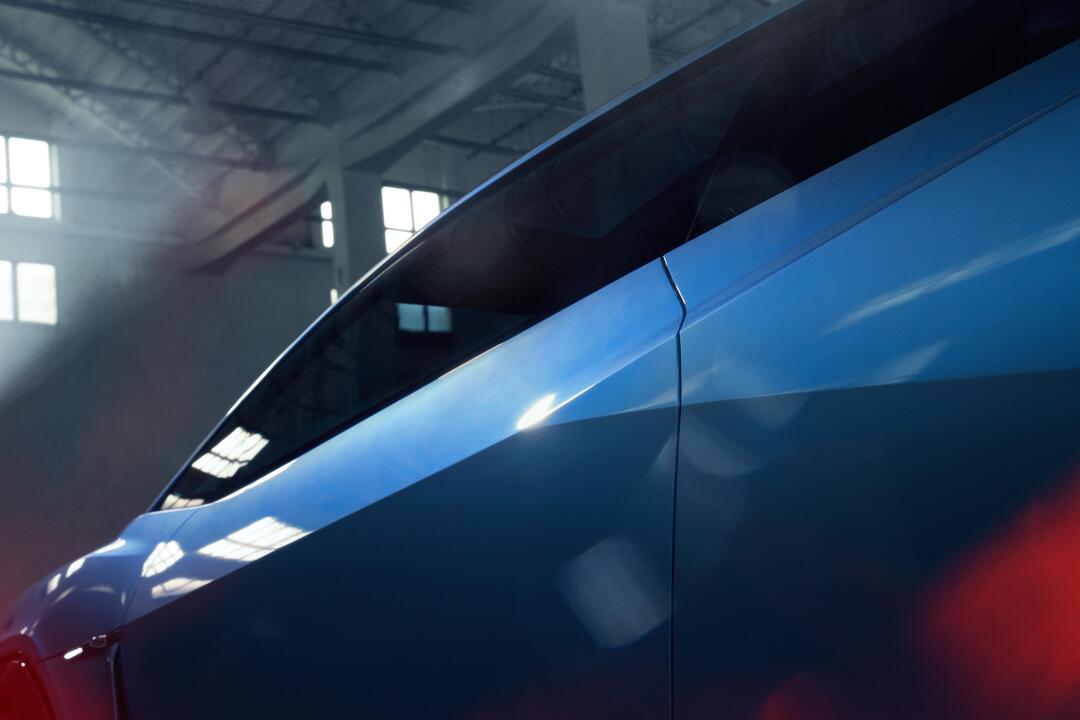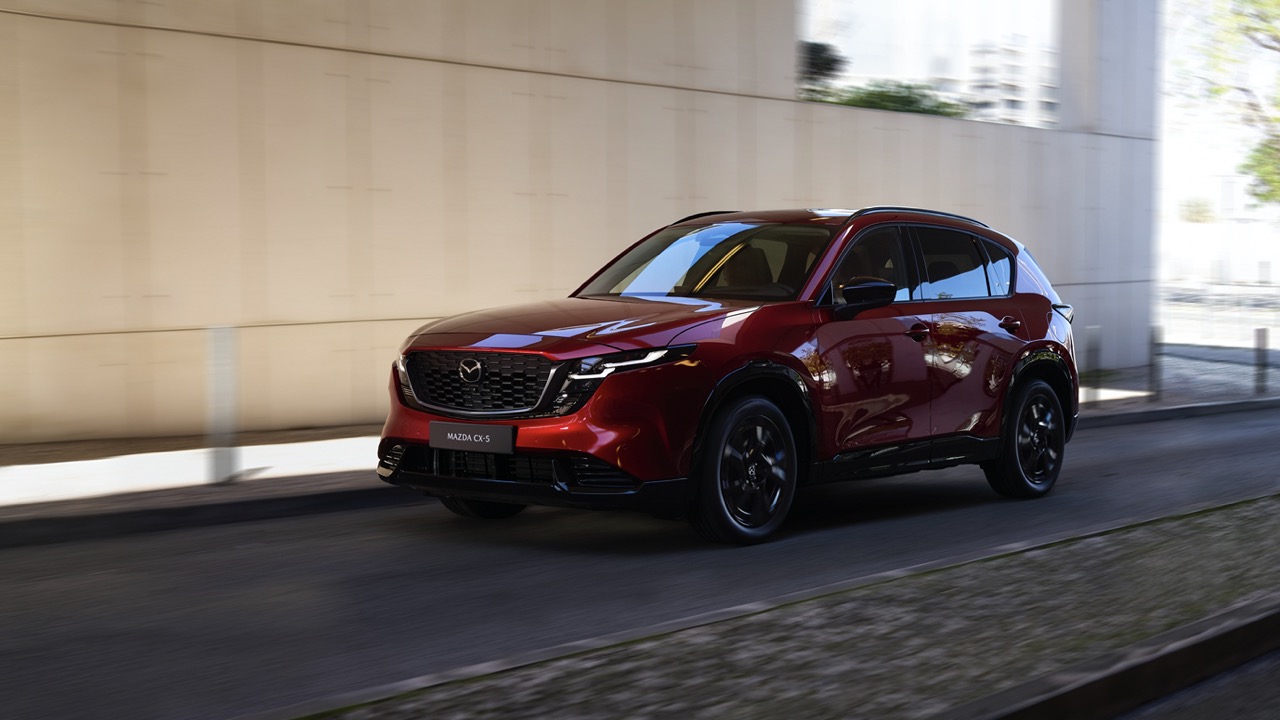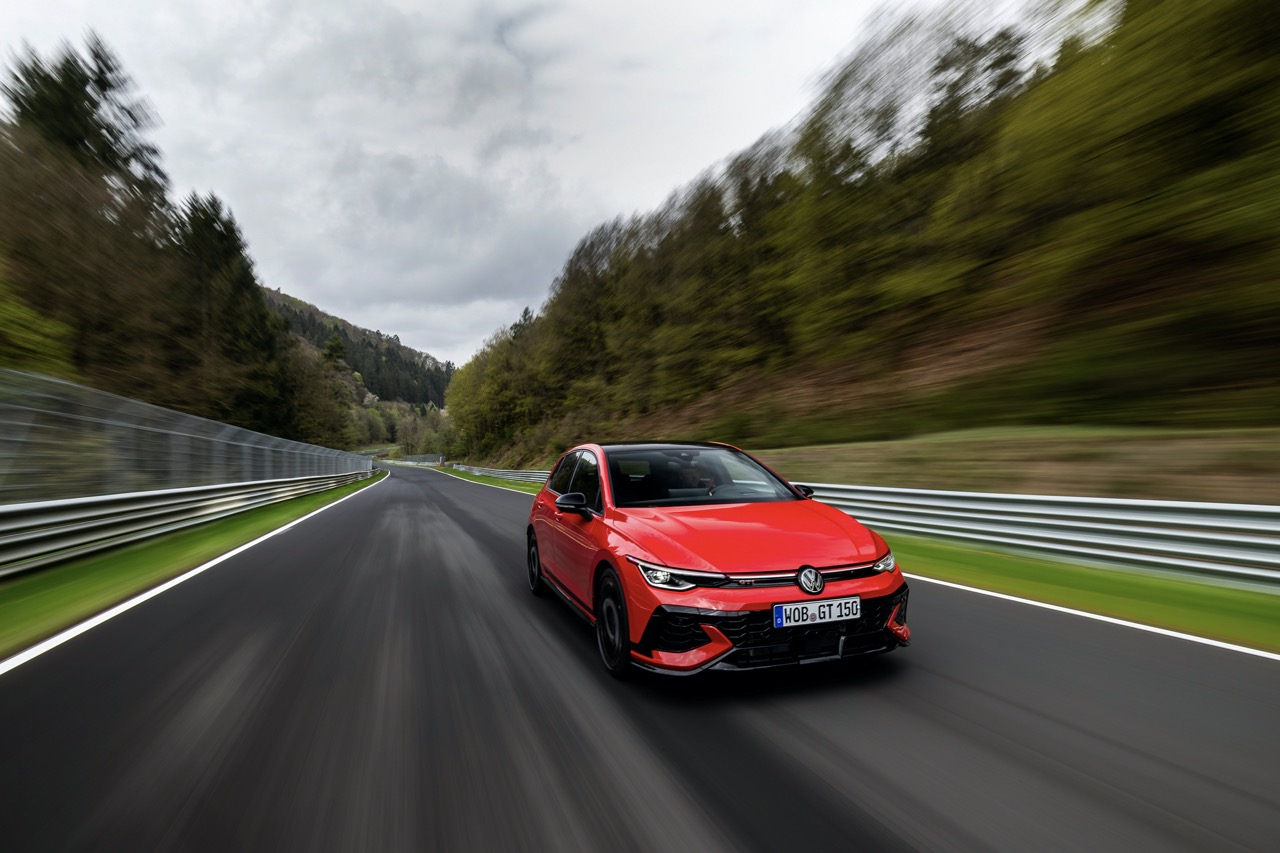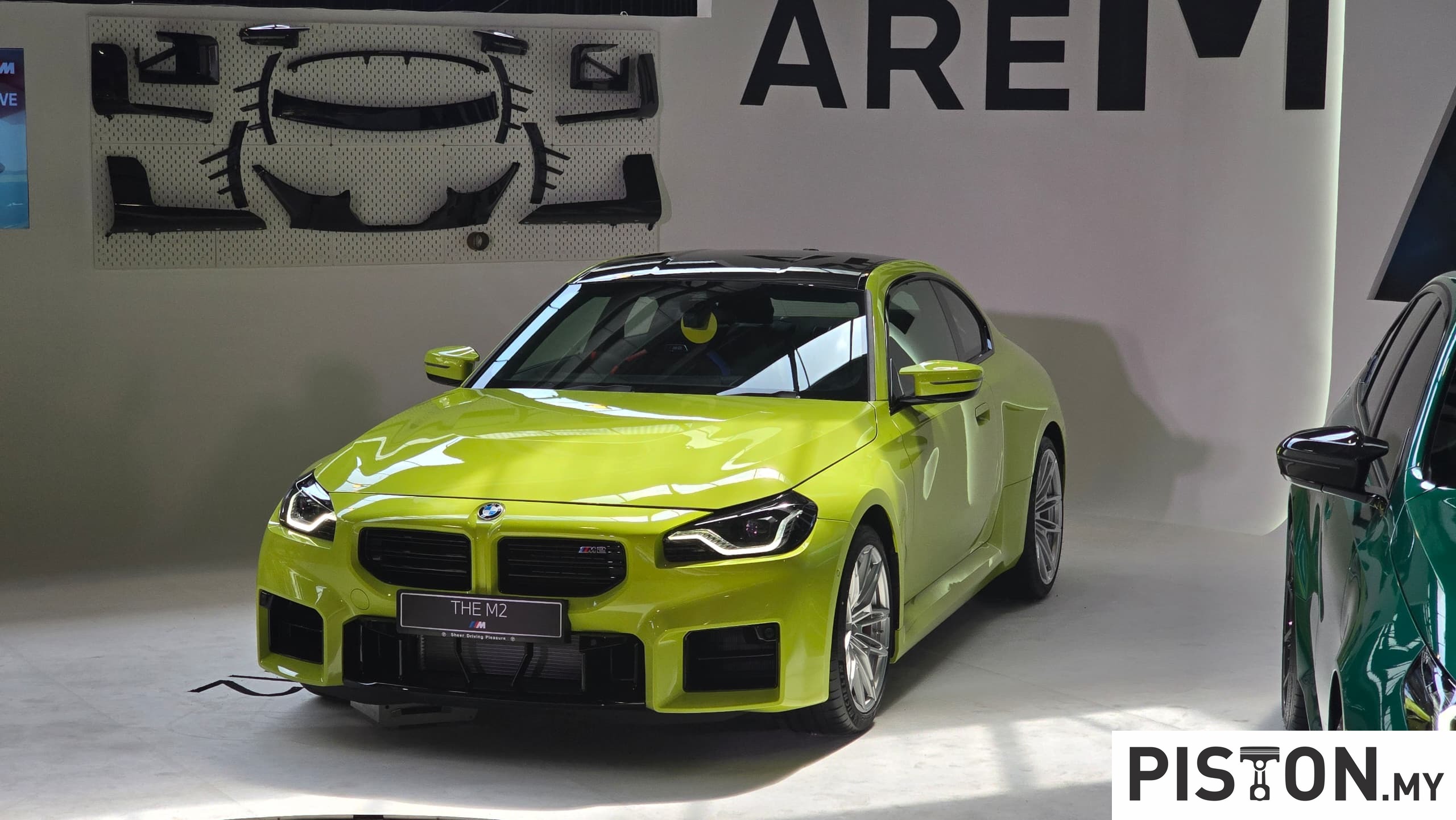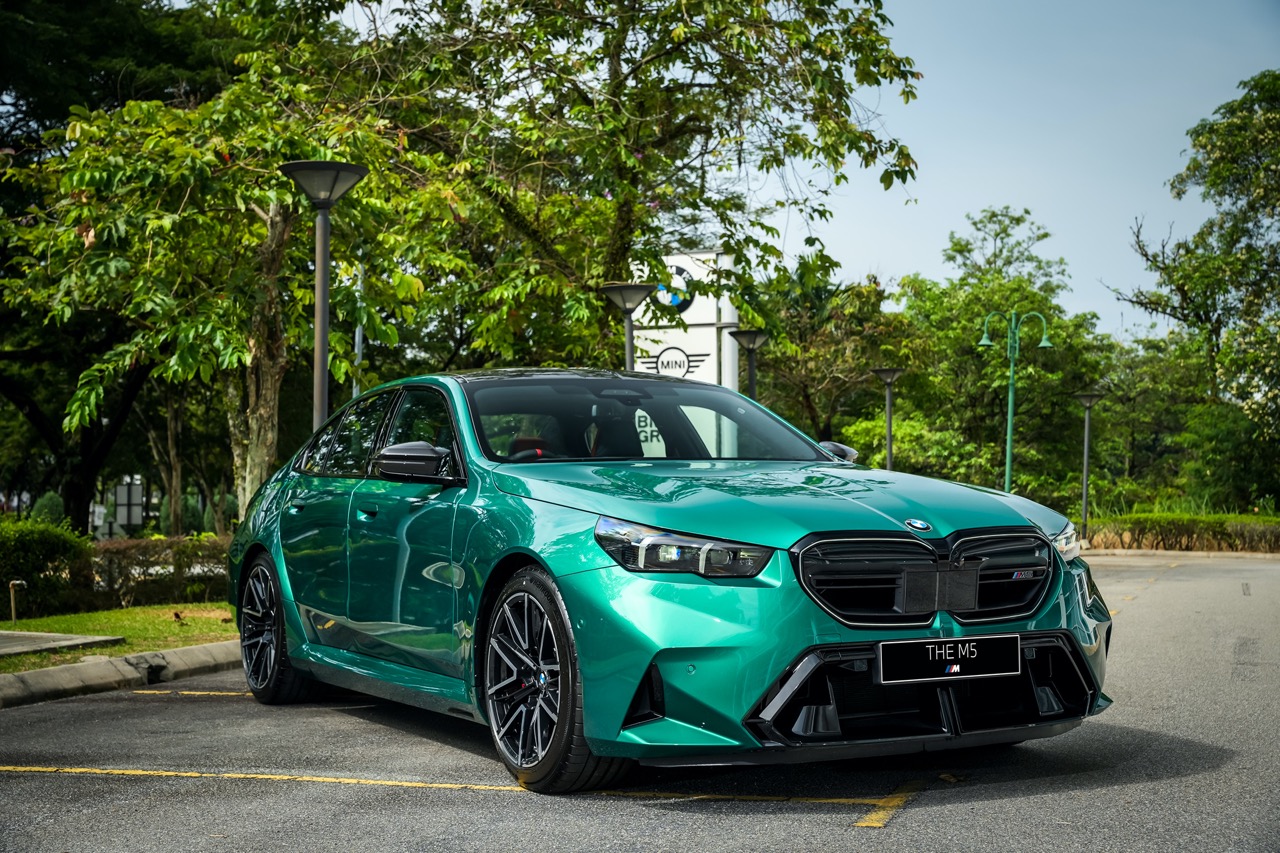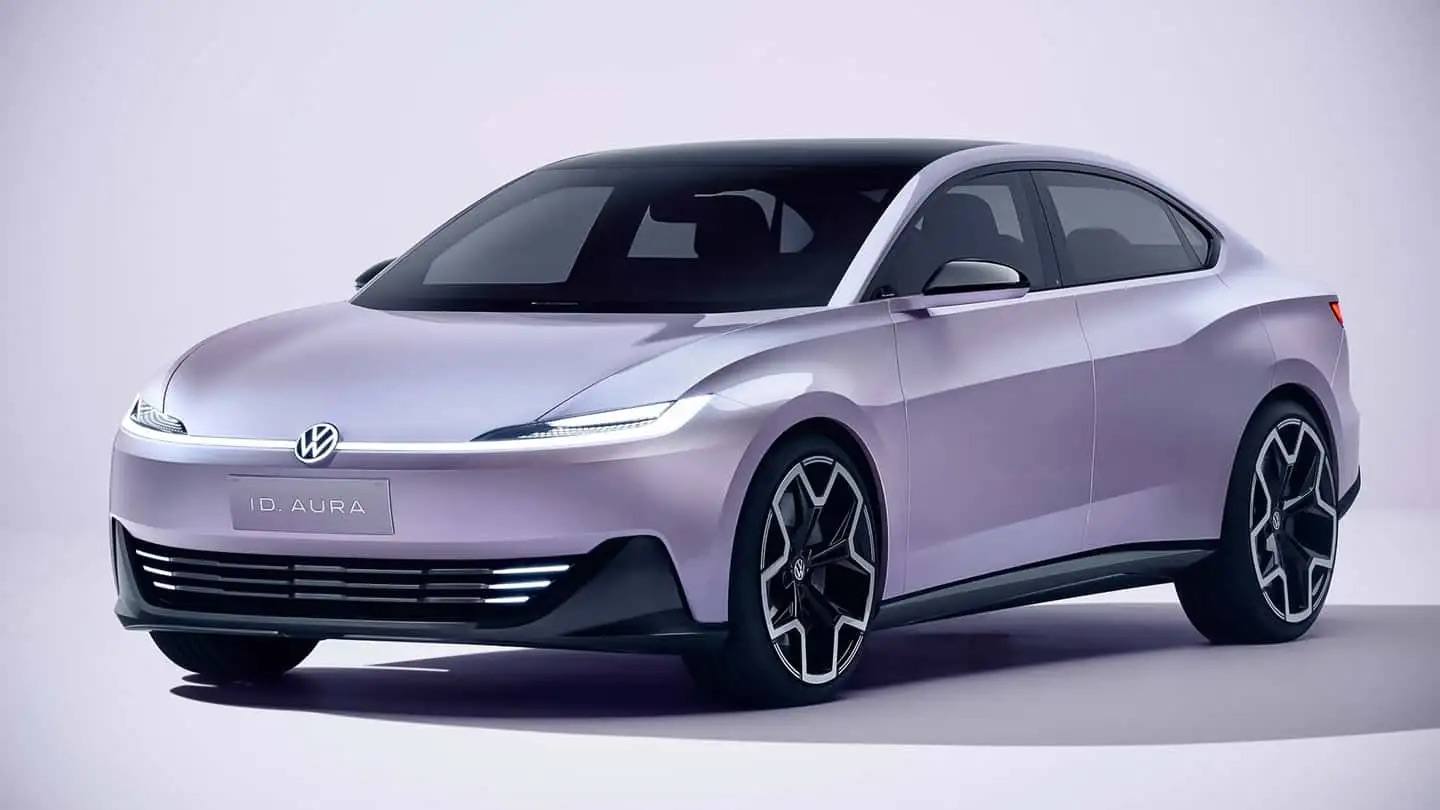Lamborghini is making preparations for an electric-driven future, and the bold Lanzador concept unveiled recently offers us the most insightful glimpse into how that transition will manifest.
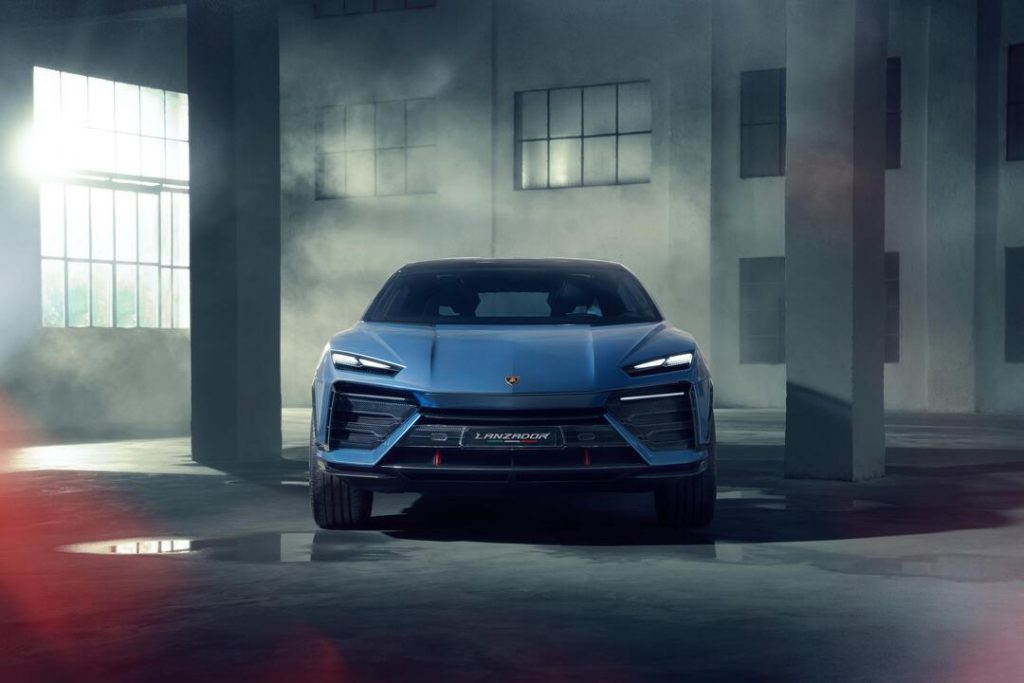
Introduced as a prototype at Monterey Car Week in California and expected to launch half a decade from now, the Lanzador is a stylish high-performance car with two rows of seats, featuring a size that brings to mind the Porsche Taycan. Nevertheless, it showcases an elevated ride height with the goal of attaining enhanced adaptability.
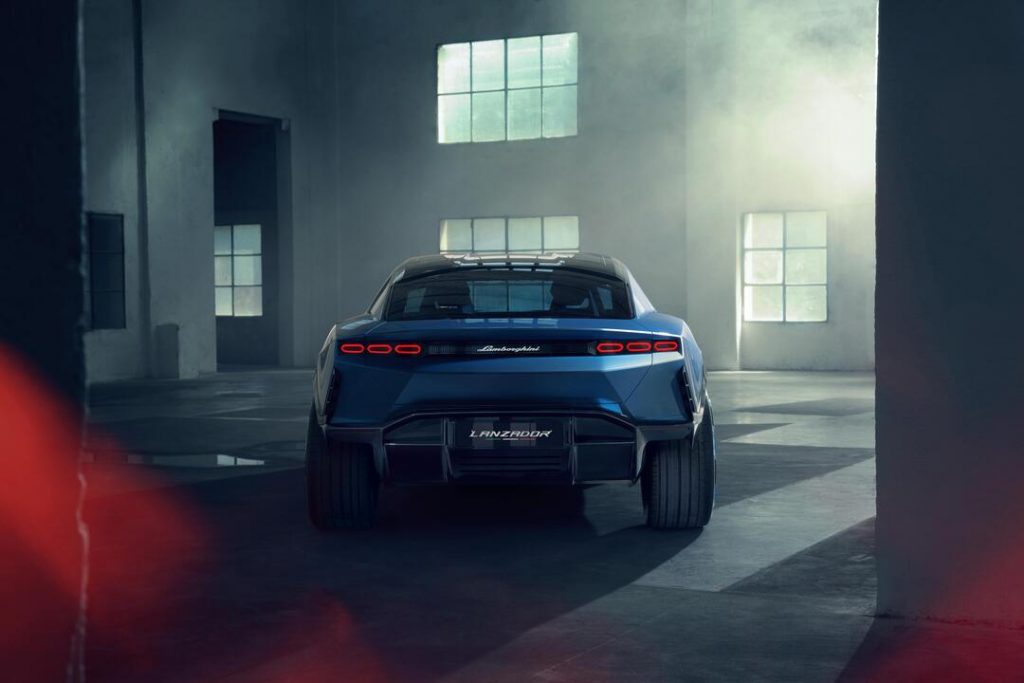
The Lamborghini Lanzador concept stands out from all other electric vehicles. A significant reason for this distinctiveness is its clear connection to the Lamborghini heritage. Another major factor is its unique proportions. Characterised by its protruding fenders and crisply defined sheet metal, its compact cabin is squeezed between a low roof and a raised ride position. The outcome is essentially a crossover’s embodiment, albeit one that carries a pronounced Italian elegance.
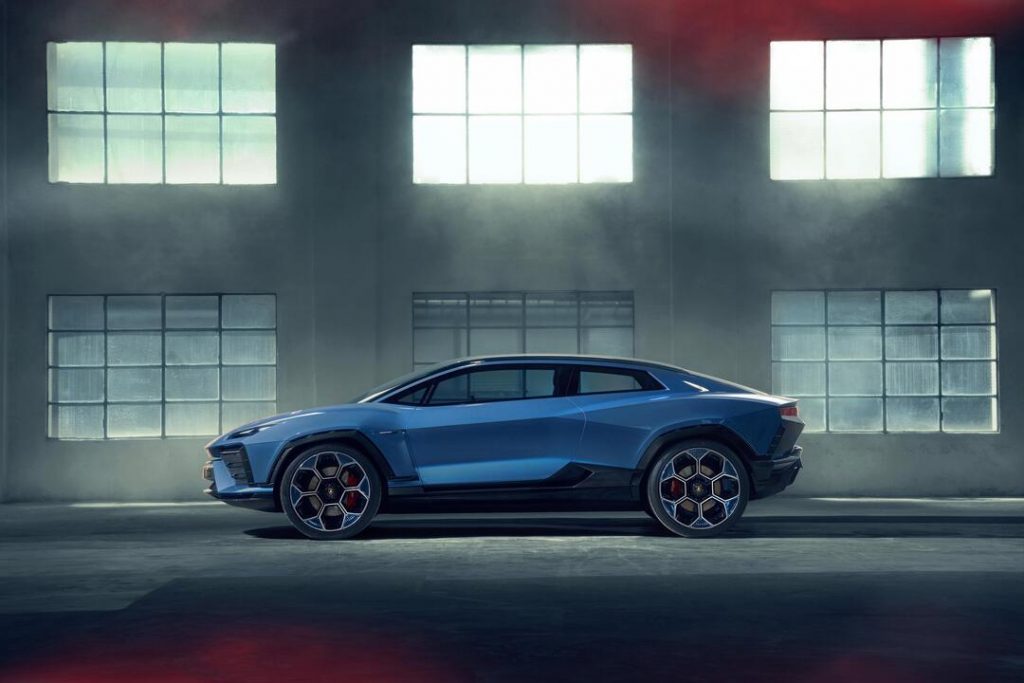
Unlike certain iconic Lamborghini models characterised by extravagant scissor doors and large air intakes, the Lanzador concept opts for a different approach. This elevated coupe doesn’t rely on flashy features synonymous with the renowned bull-adorned emblem. Instead, its exotic essence is manifested through alternative means. Consider its remarkably short rear overhang, oversized 23-inch wheels, and the sweeping panoramic glass roof. Another distinctive feature is its two-door configuration, coupled with a 2+2 seating setup.
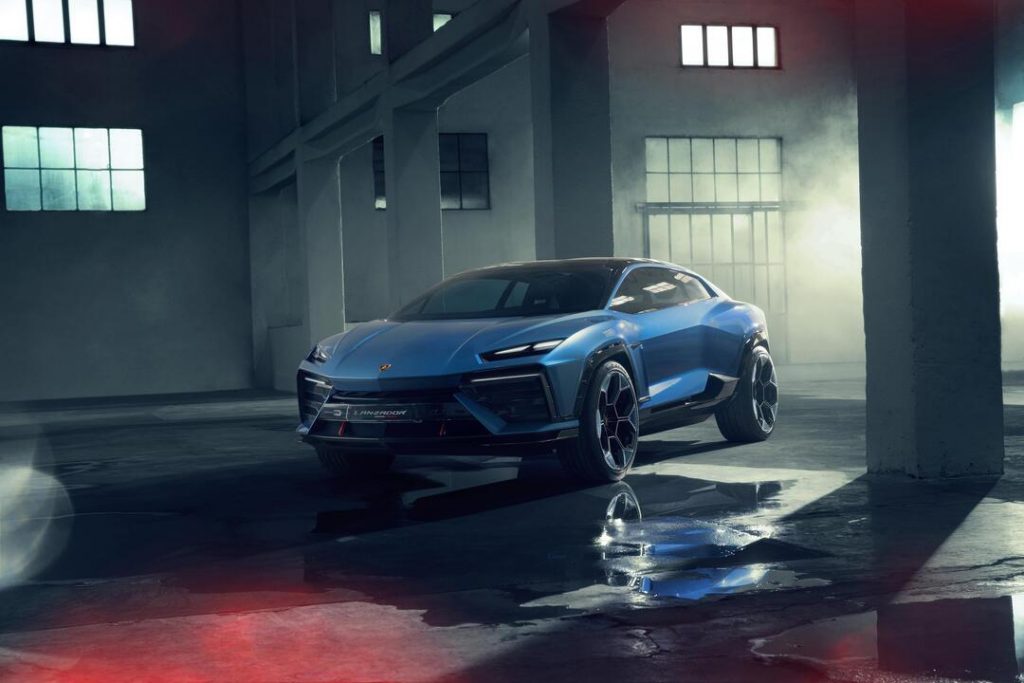
Although we are not sure how much space there is in the rear, the expanded passenger capability undeniably positions it as more accommodating compared to both the recent hybrid V-12 Revuelto and the outgoing Huracán. The Lanzador distinguishes itself with notable roominess, further emphasised by a rear hatch unveiling a cargo compartment that gains even more utility when the rear seats are laid flat. Additionally, extra storage provisions are available within the front trunk. This versatility has prompted Lamborghini to categorise the concept as an “Ultra GT,” underlining its capacity for multifaceted use.
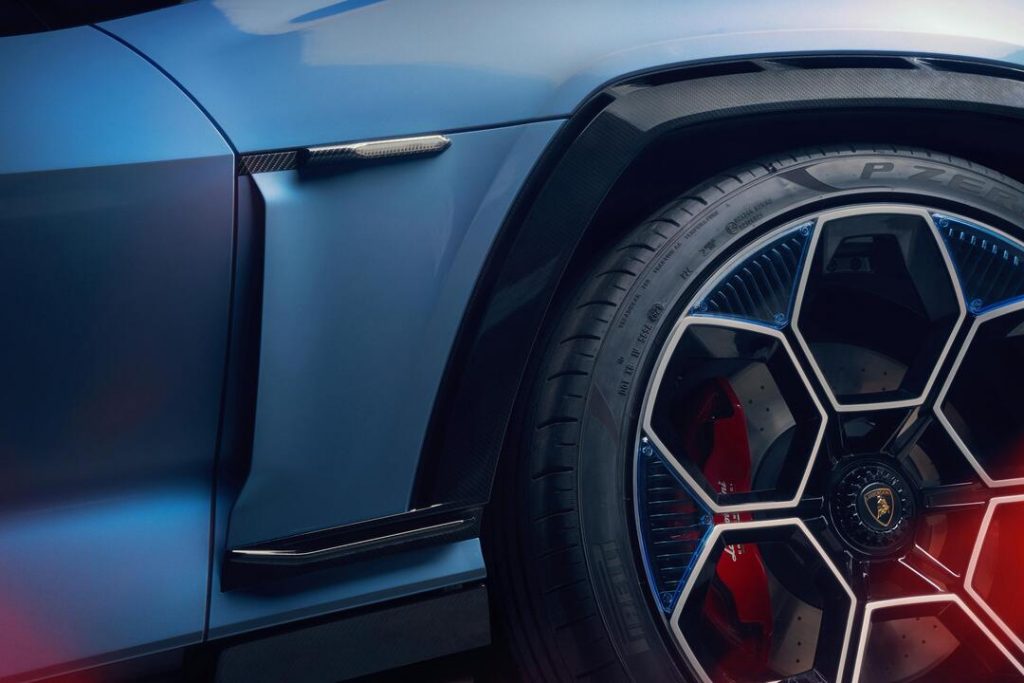
Remaining consistent with the design language of Lamborghini, the interior of the Lanzador too embodies a captivating design. The dashboard arrangement is notably distinctive, affording both the driver and the front-seat passenger their individual digital display zones. A flat-bottomed steering wheel, adorned with delicate paddle shifters presumably designed for regulating the regenerative-braking mechanism, is also present, alongside futuristic controls. An eye-catching knob juts out from the centre stack, responsible for overseeing a multitude of functions, spanning from the infotainment system to the various drive modes.
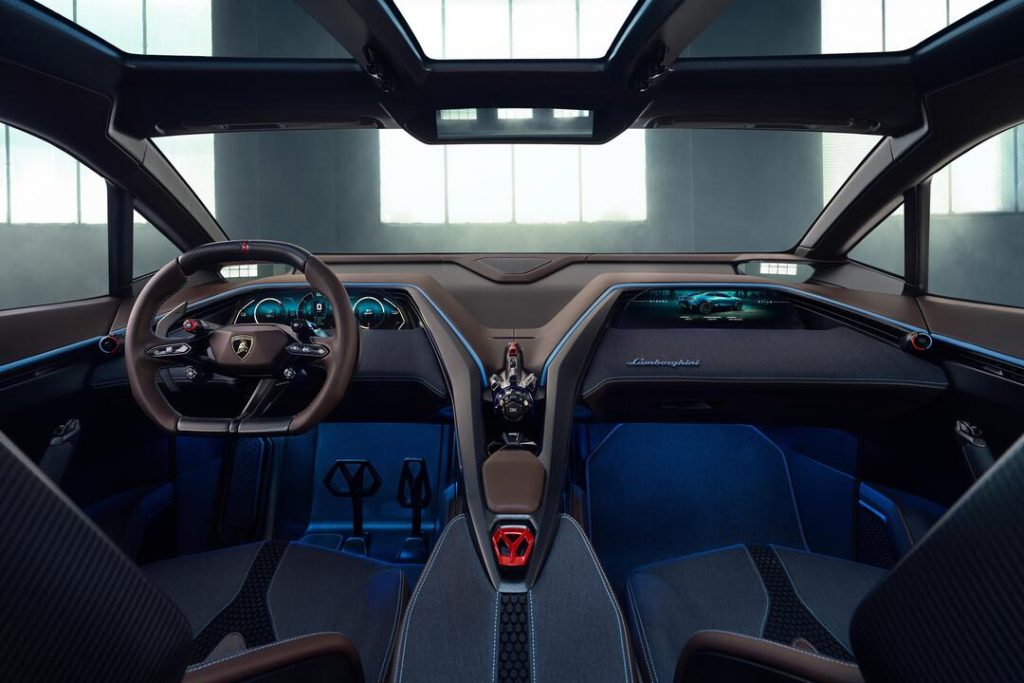
Inside the cabin, a variety of materials—including genuine merino wool, “sustainably tanned” leather, and a plethora of eco-conscious components—take centre stage. These materials, which vary from rejuvenated carbon fibre to synthetic fibres made from recycled plastic, all support the space’s commitment to environmental sustainability.
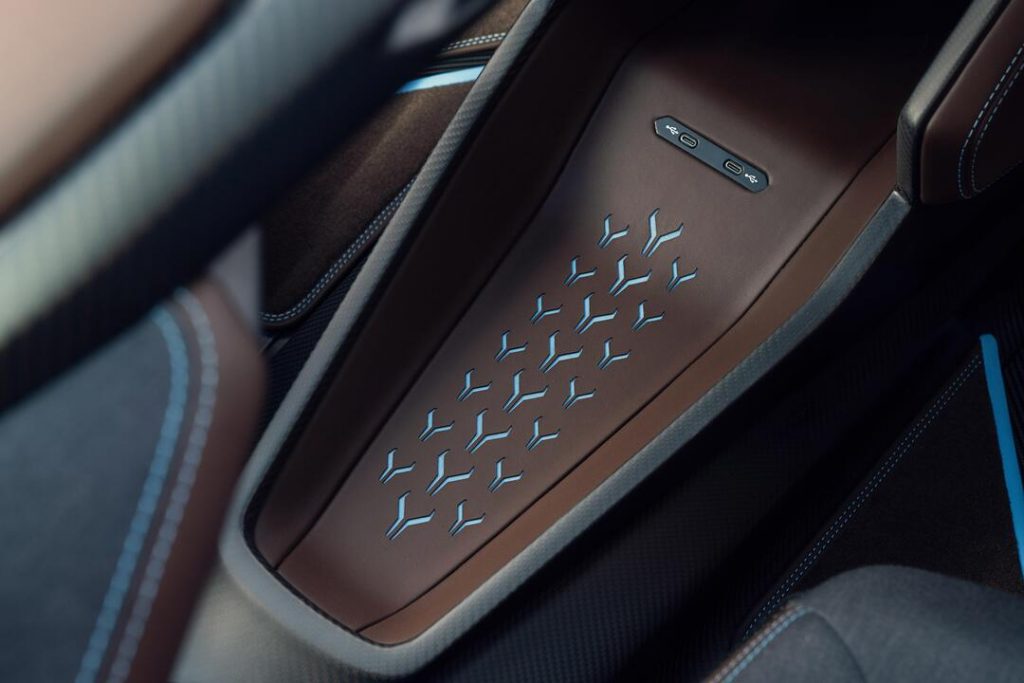
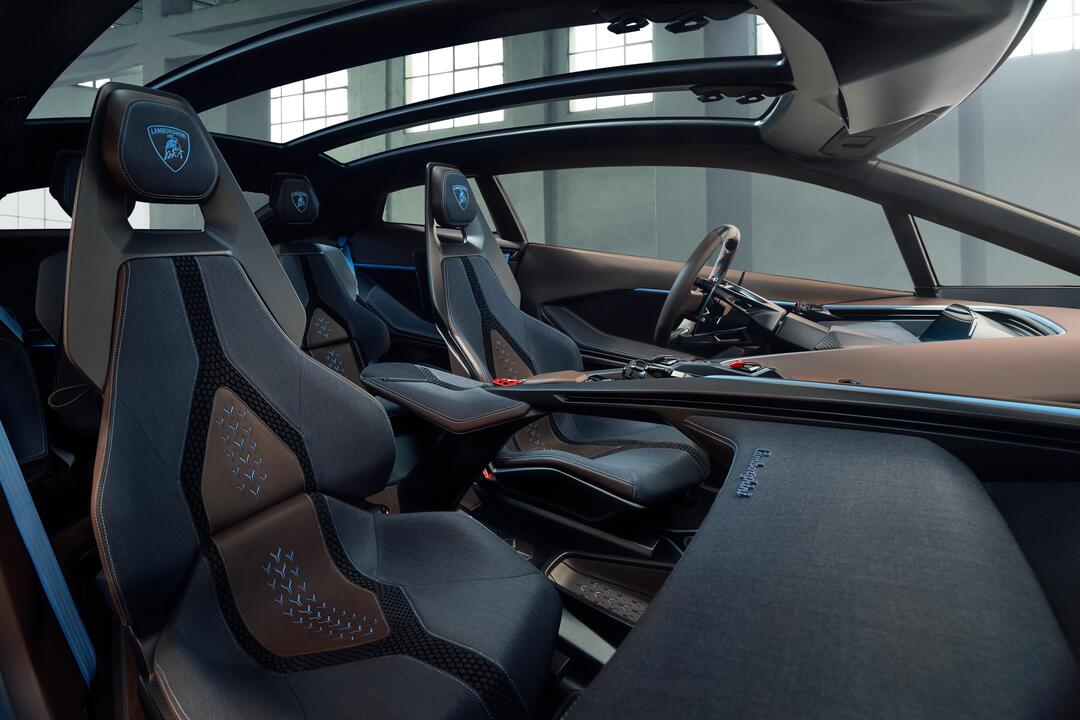

The Lanzador receives an outrageous degree of power from Lamborghini, a brand more associated with aggressiveness than finesse. In order to establish an all-wheel-drive engine, the car uses electric motors on both its front and back axles, boasting an exciting layout that reportedly produces an incredible output exceeding one megawatt. To put this into perspective, a megawatt is equal to one million watts of electrical energy, or 1341hp, whereas a kilowatt represents 1000 watts.
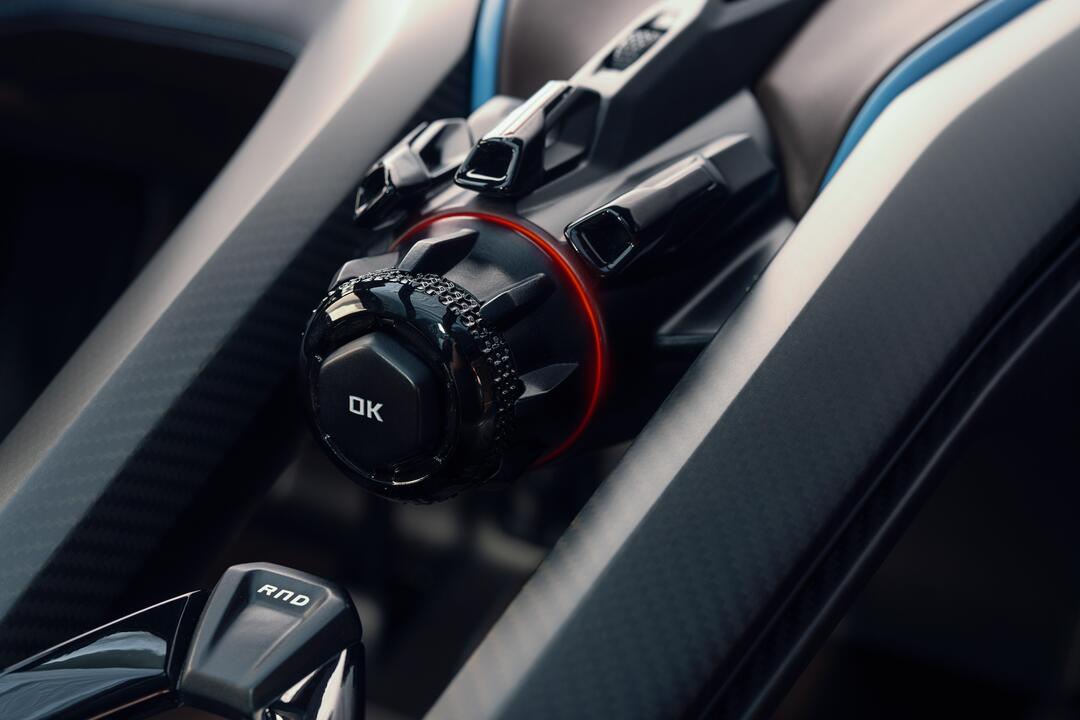
Although specific details surrounding the Lanzador’s driving range are yet unknown, Lamborghini has stated that the car uses a battery technology that balances performance with a longer range. Even if this claim is vague, the company’s dedication to developing a high-performance electric car that is practical for daily usage suggests that the ultimate anticipated range will probably be competitive with upcoming electric car models. The Lanzador concept contains active aerodynamic characteristics that increase efficiency and provide adjustable downforce and the ability to meet various cooling requirements.
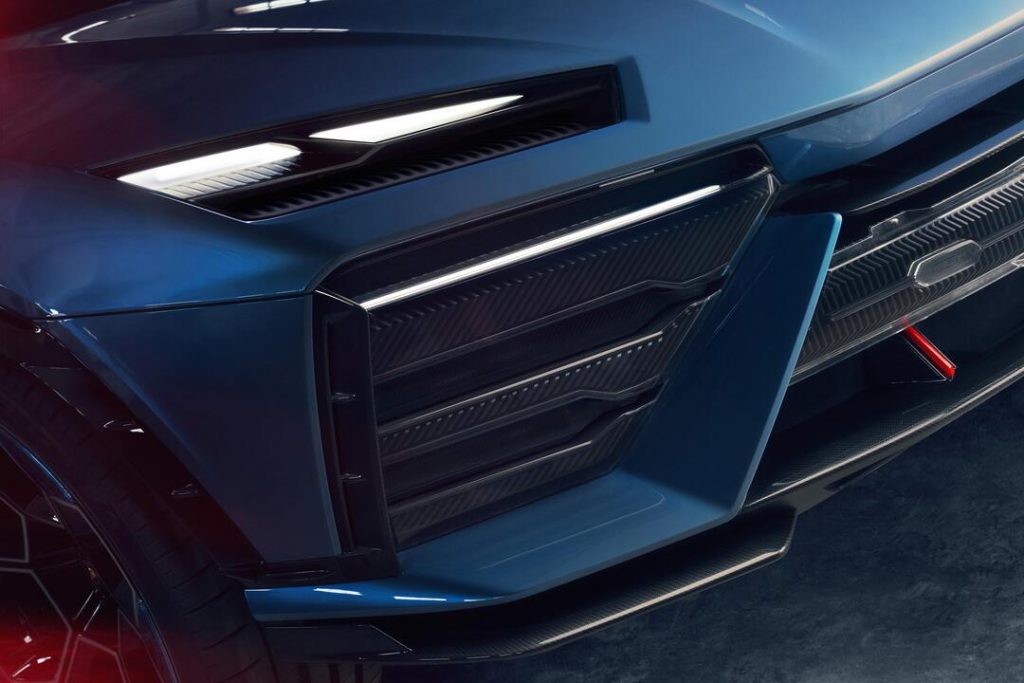
Among the host of novel concepts introduced in the prototype, several are slated for incorporation into production, including the innovative Lamborghini Dinamica Veicolo Integrata (LDIV) drive modes. This technology, which offers a high degree of personalization, leverages an increased number of actuators and sensors to enable more precise monitoring and adjustment of driving dynamics. This, in theory, should grant the driver heightened feedback and control. Enhancing this effort, an upcoming radar-based system situated at the car’s front end will contribute to the overall driving experience.
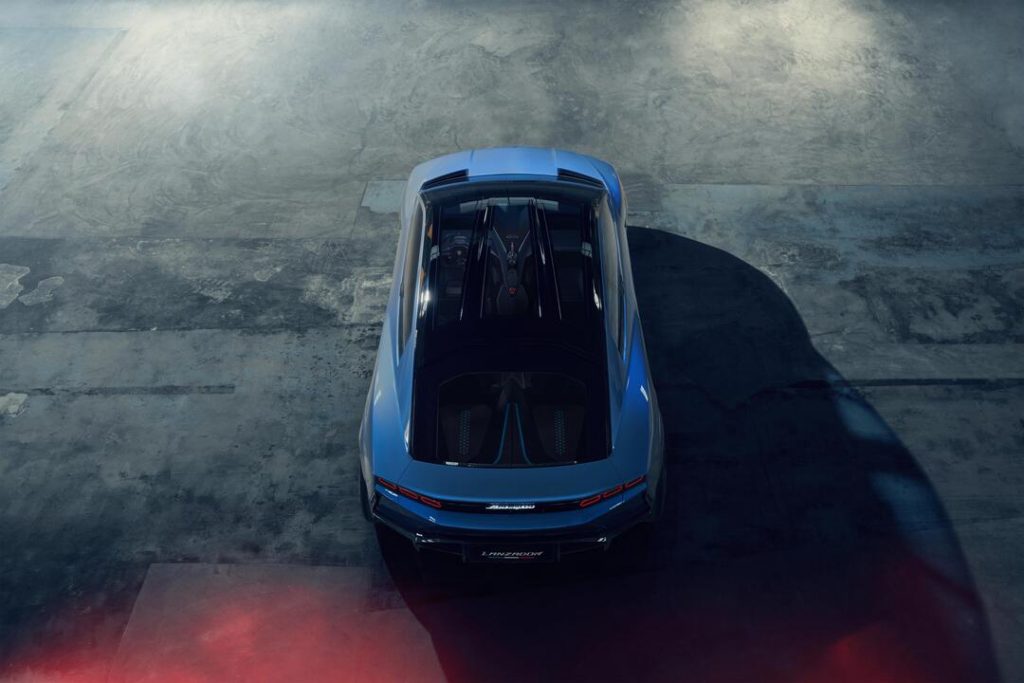
Furthermore, the Lanzador benefits from an air suspension system that ensures a smooth and comfortable ride quality. Additionally, the integration of a rear-axle steering mechanism enhances the car’s agility, especially in confined areas, enhancing its manoeuvrability.
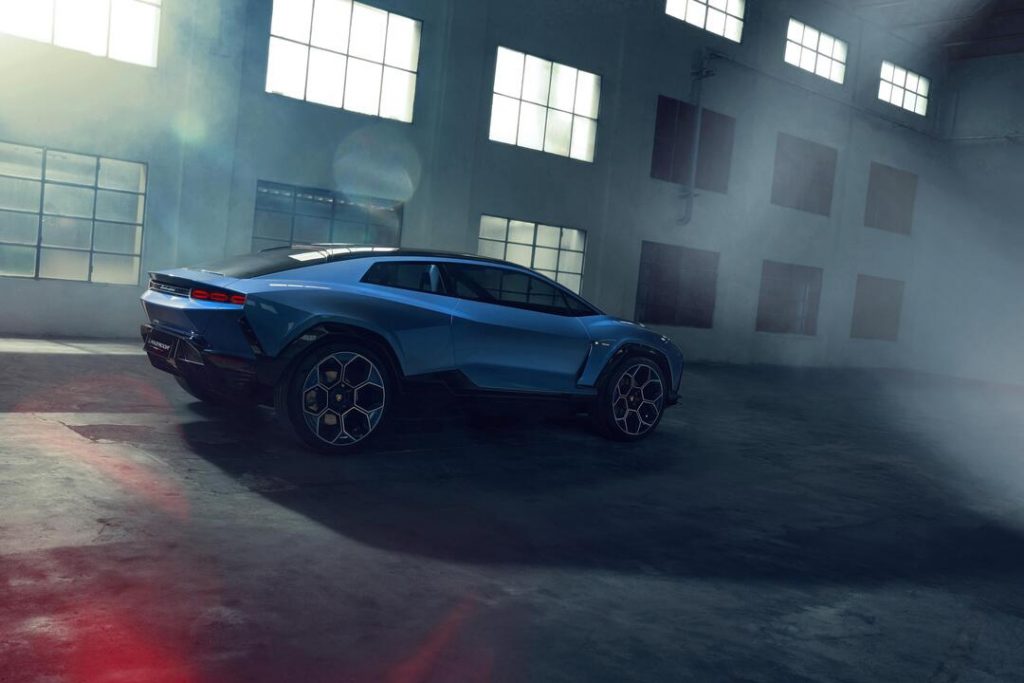
Envisioned as a production model, the Lanzador isn’t anticipated to make its debut until the year 2028. This gives the Italian horse some time to come up with something to challenge the raging bull.
